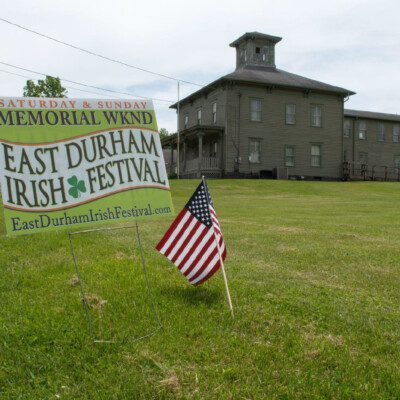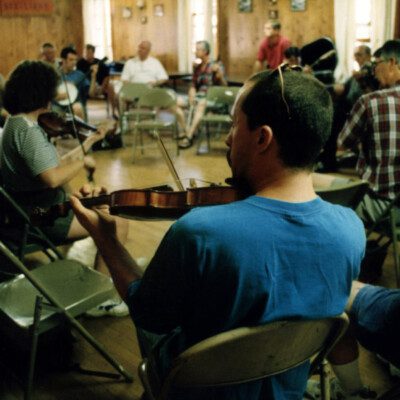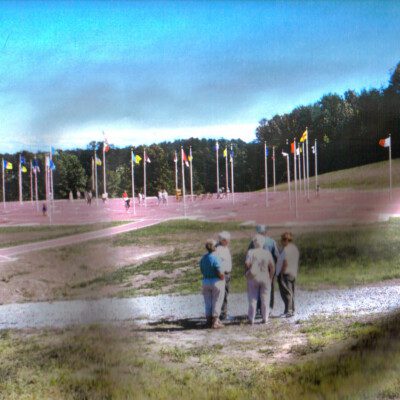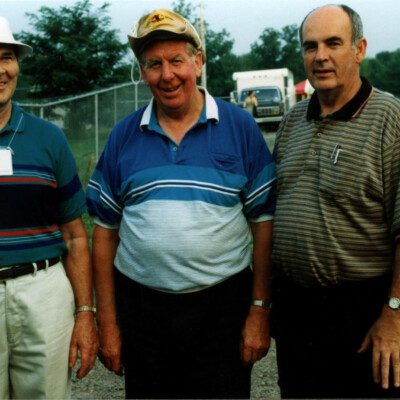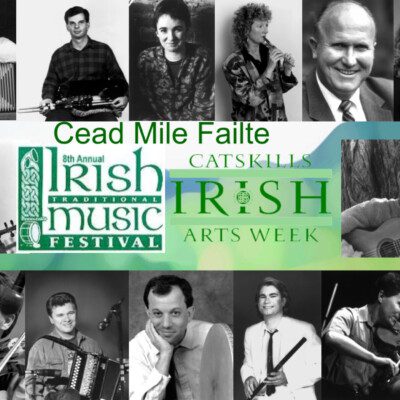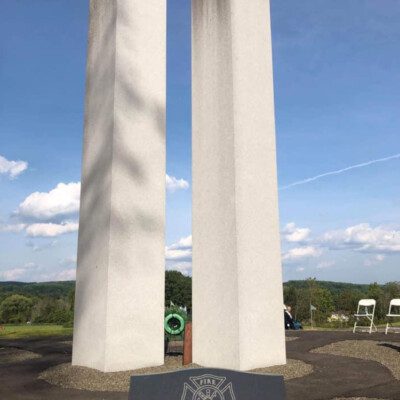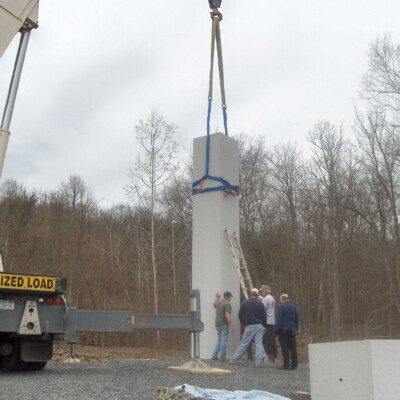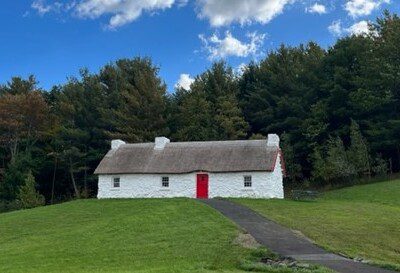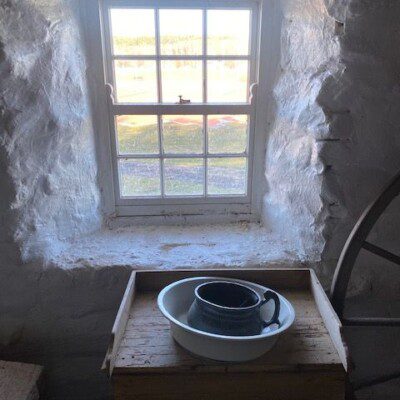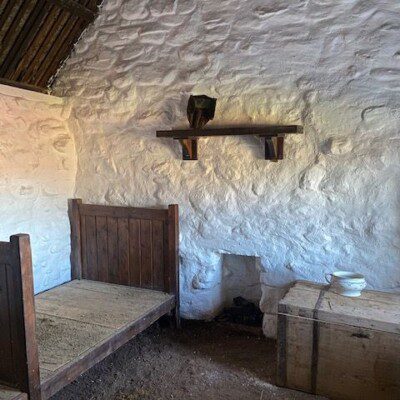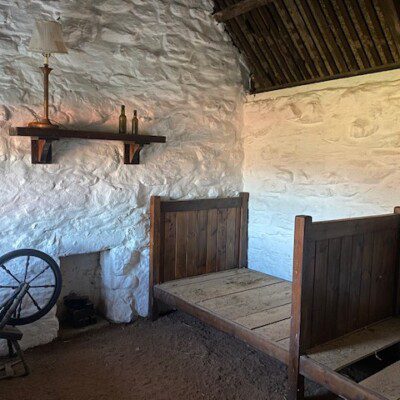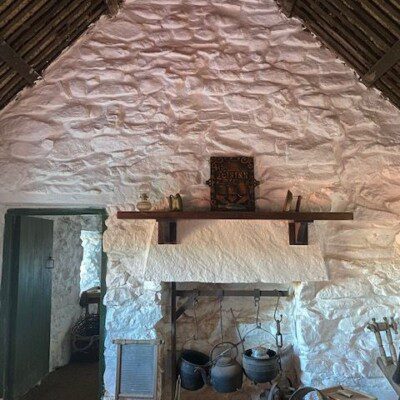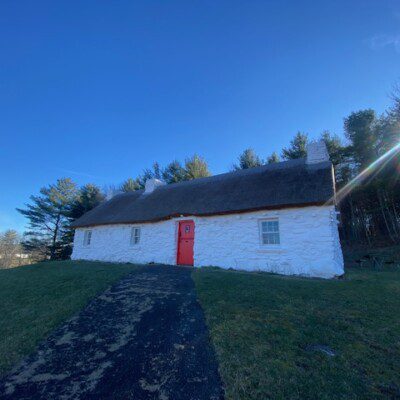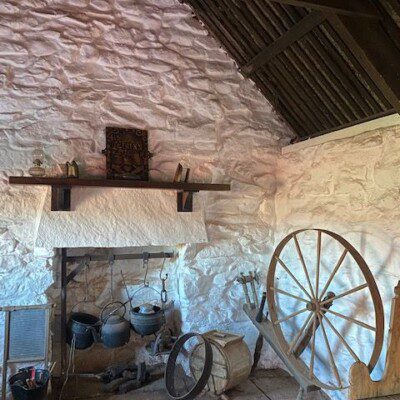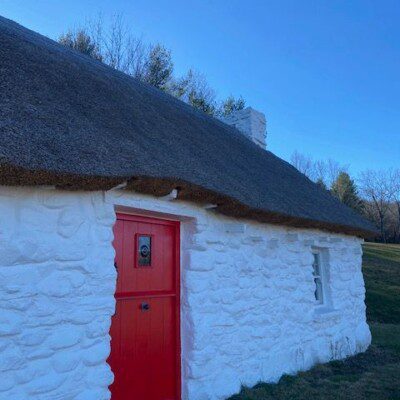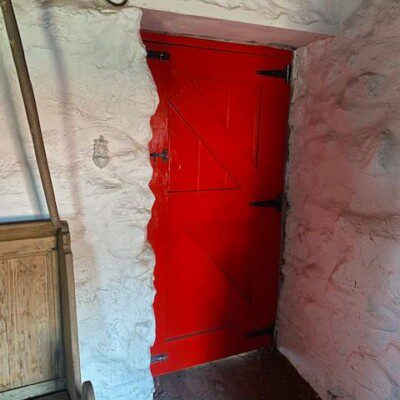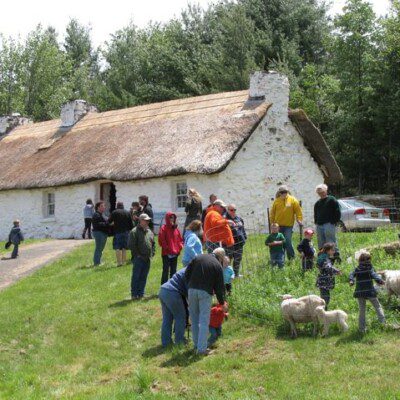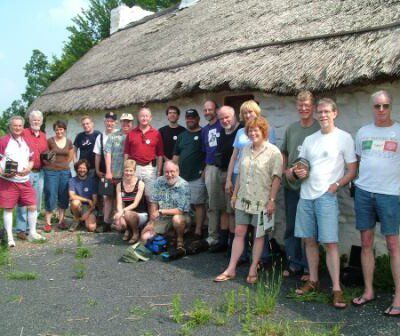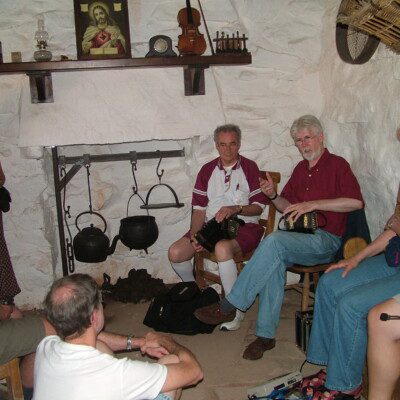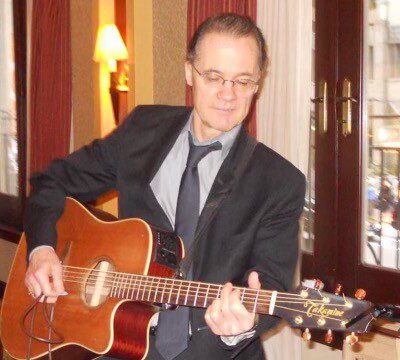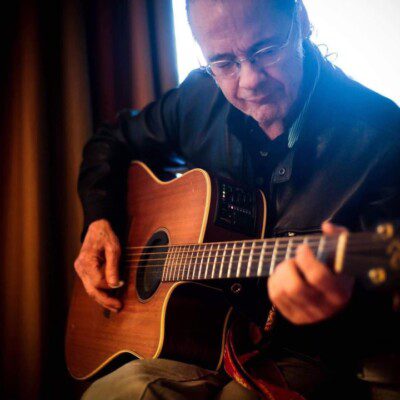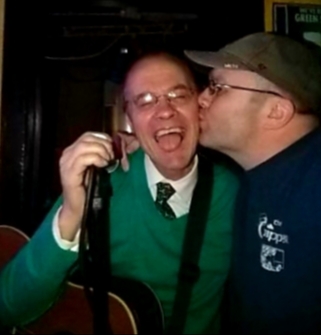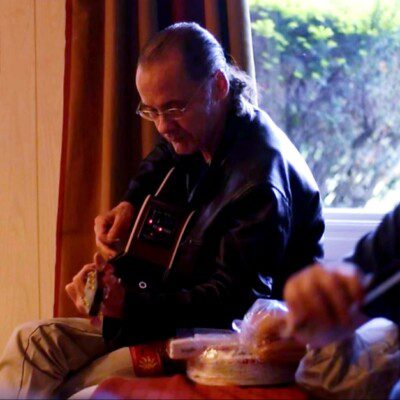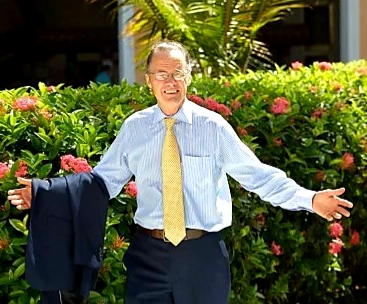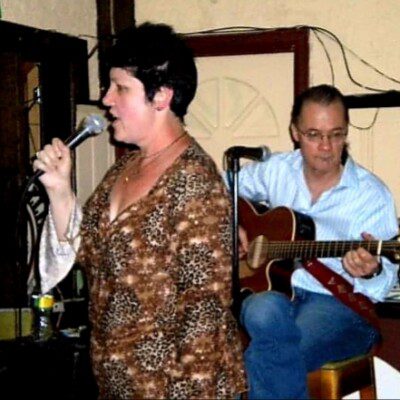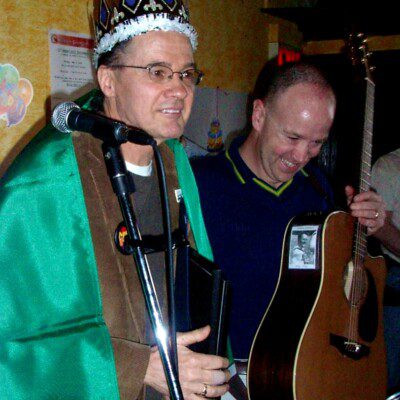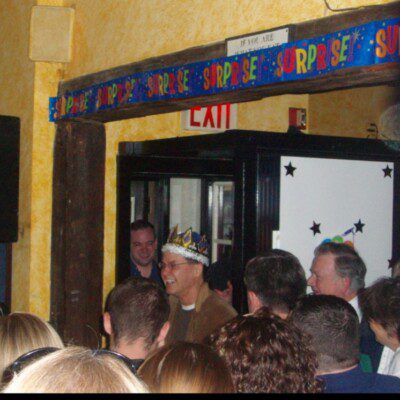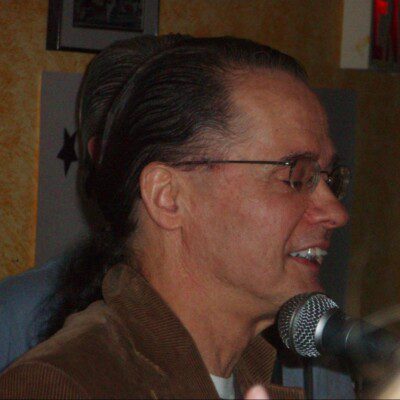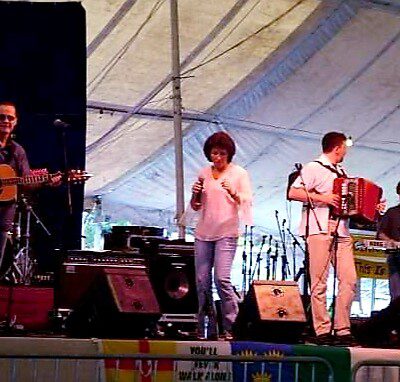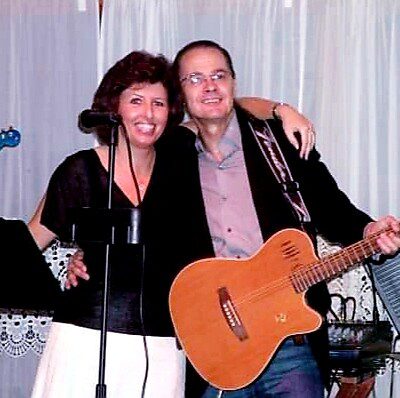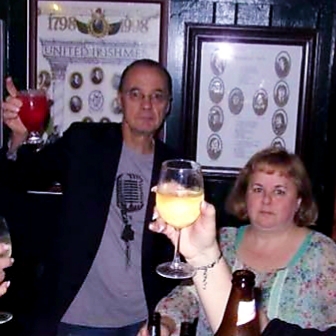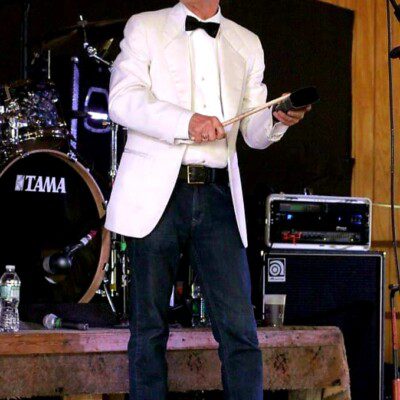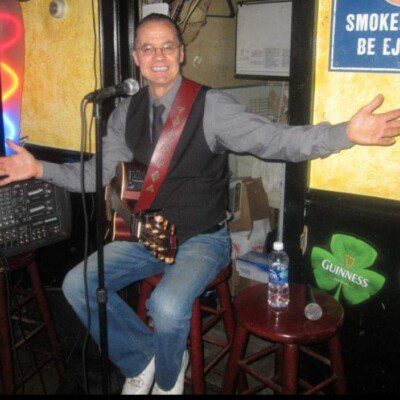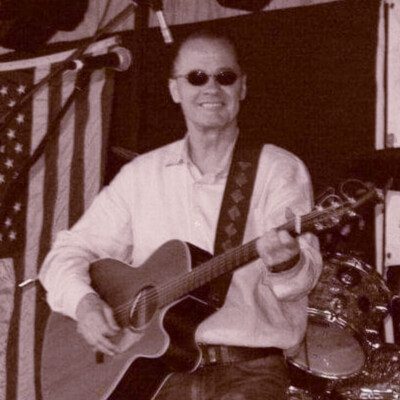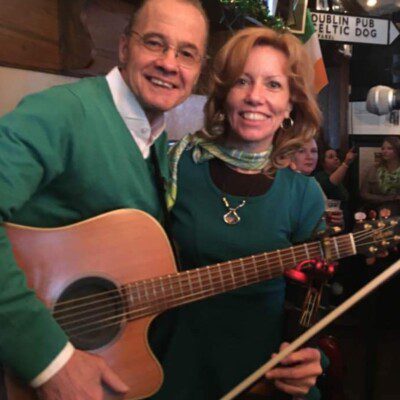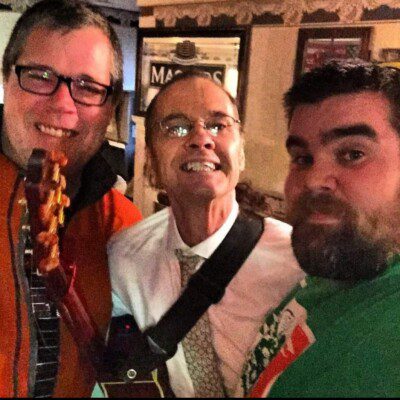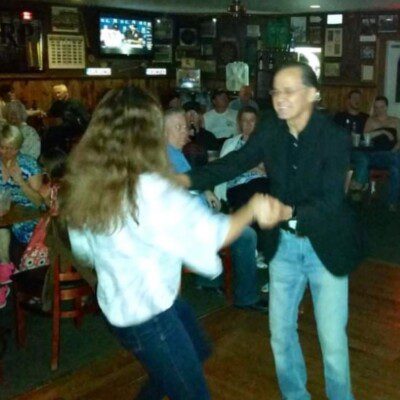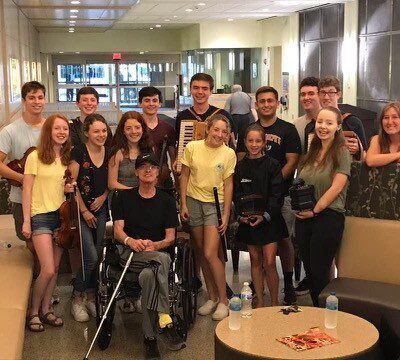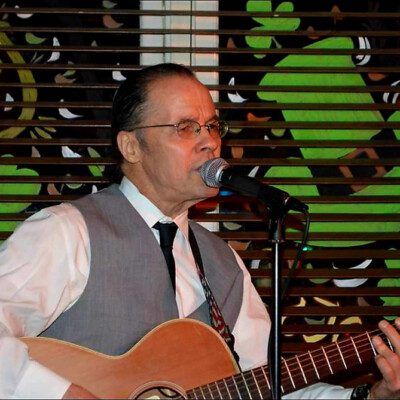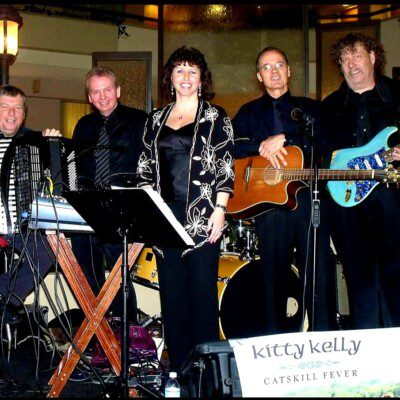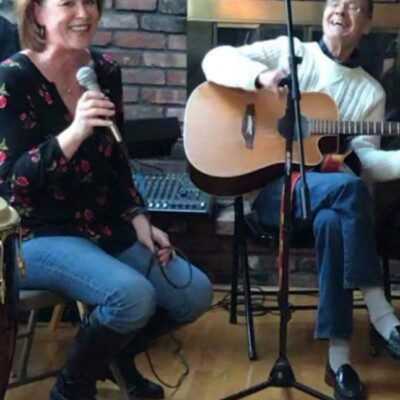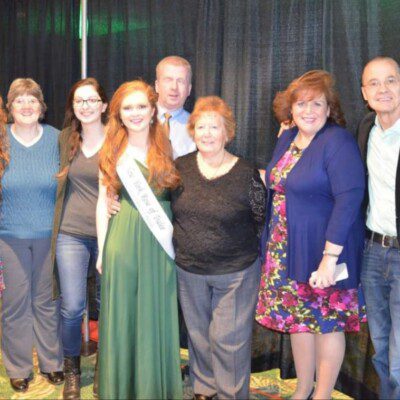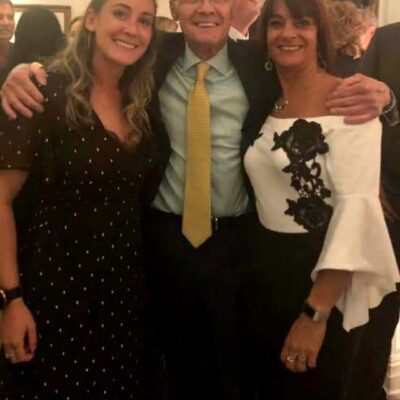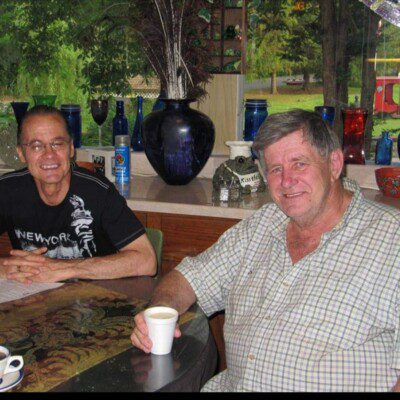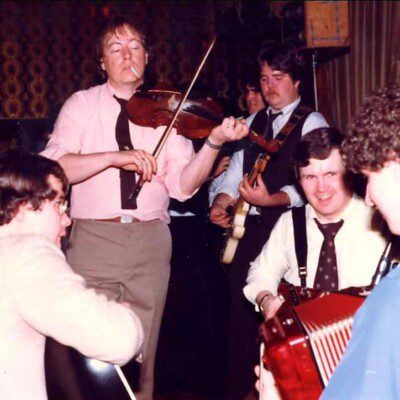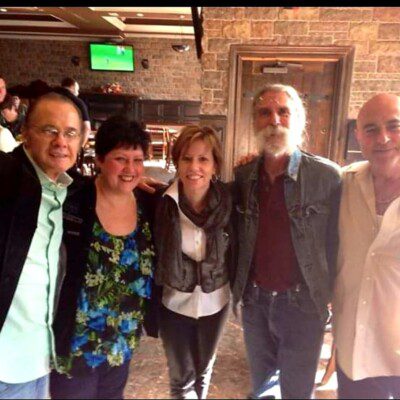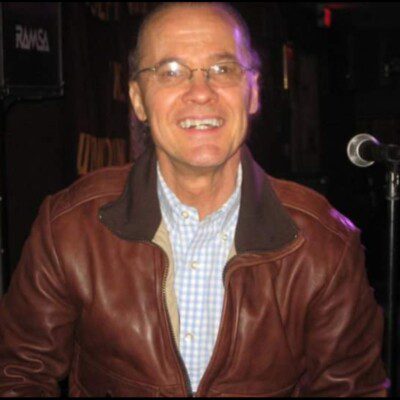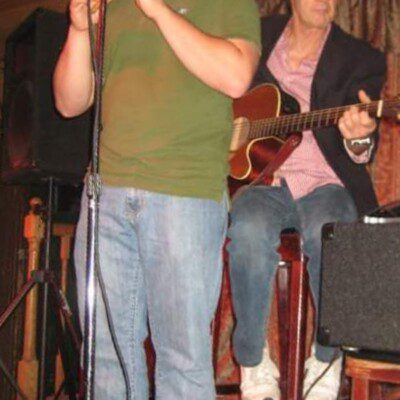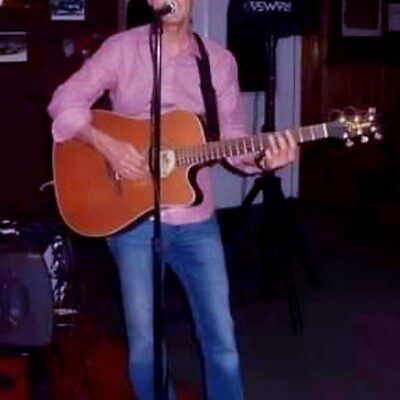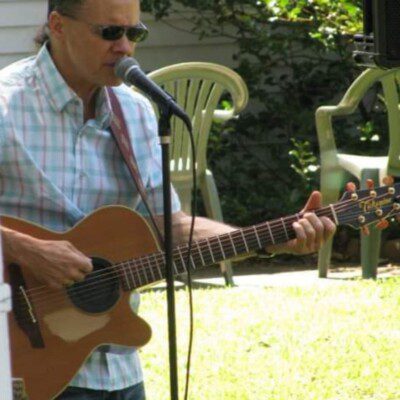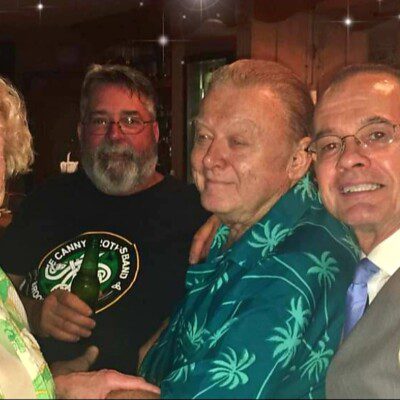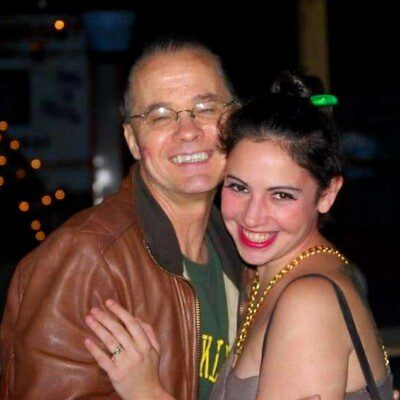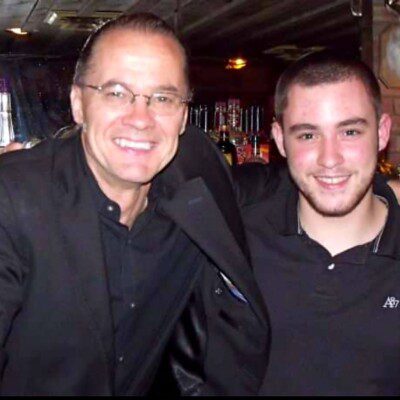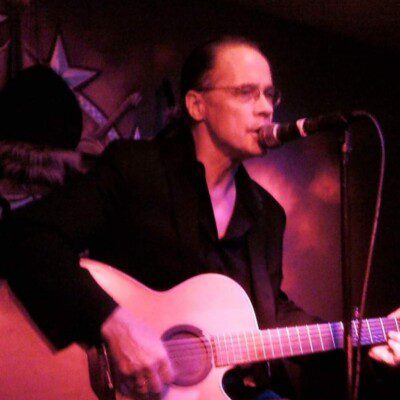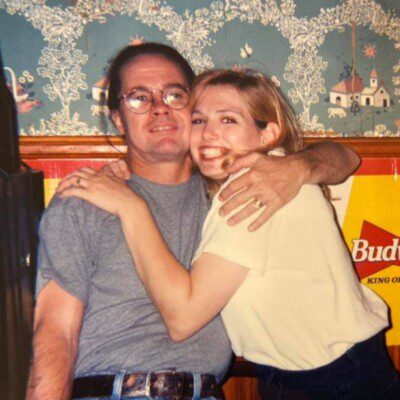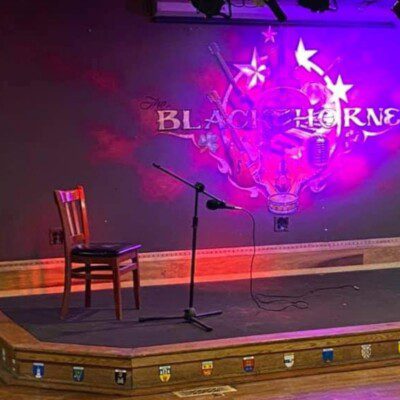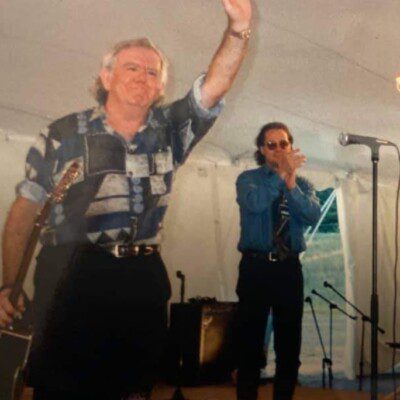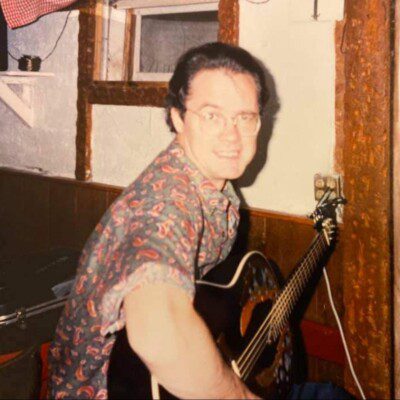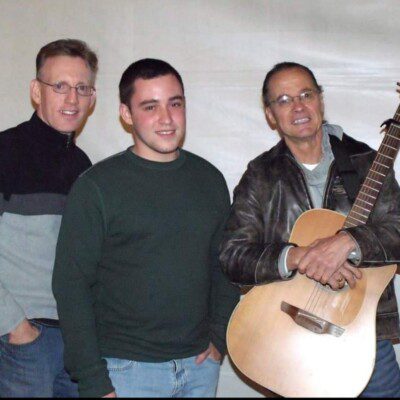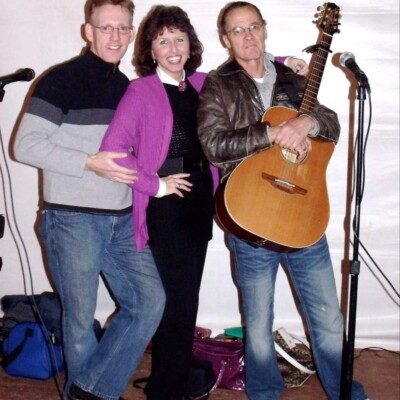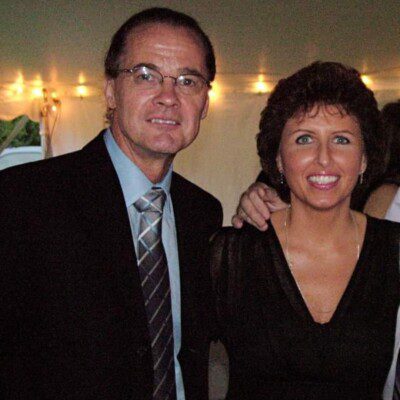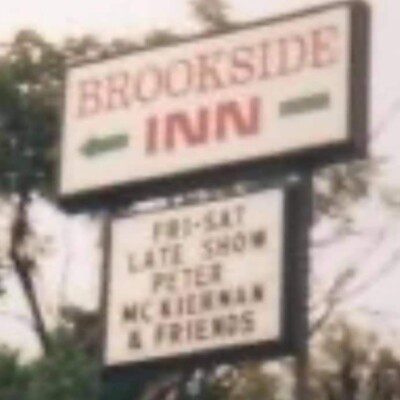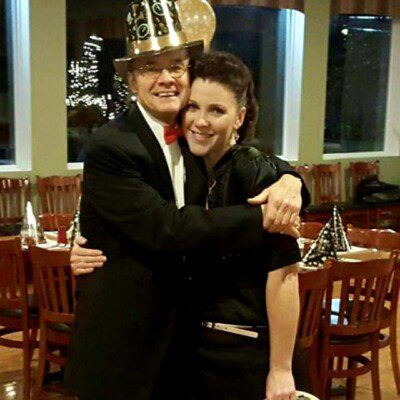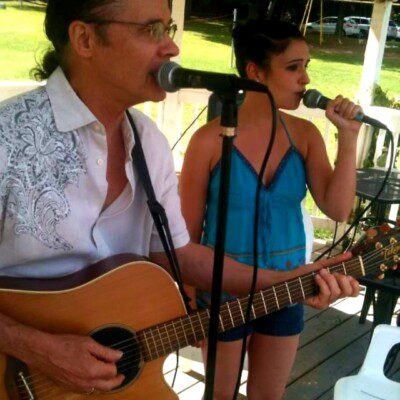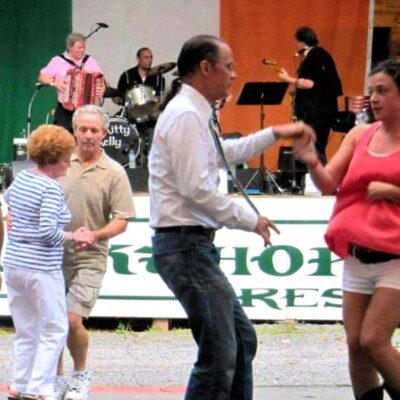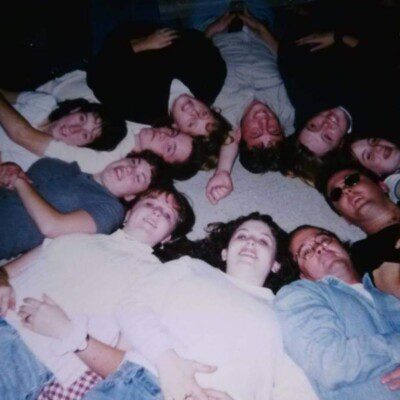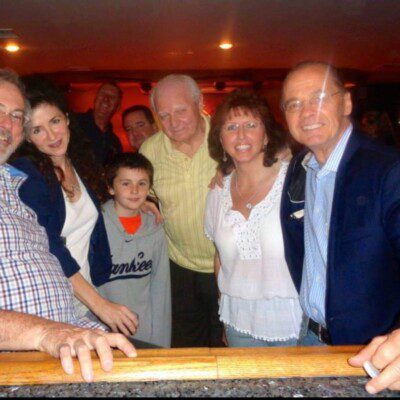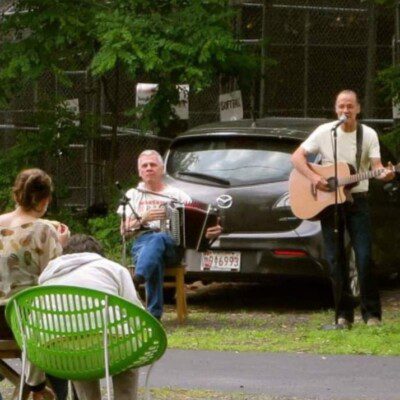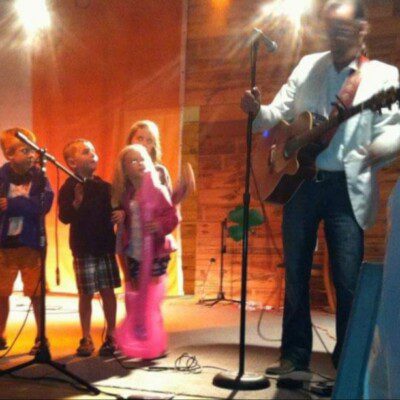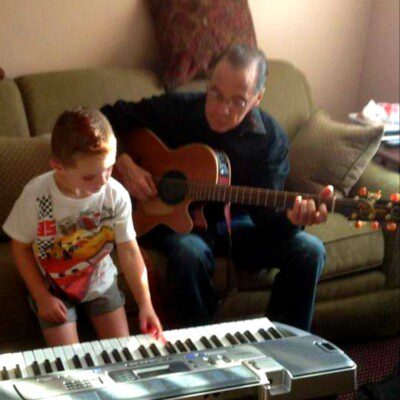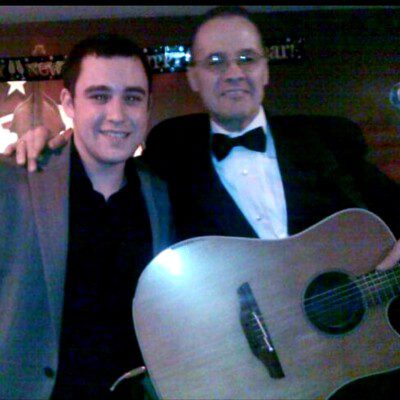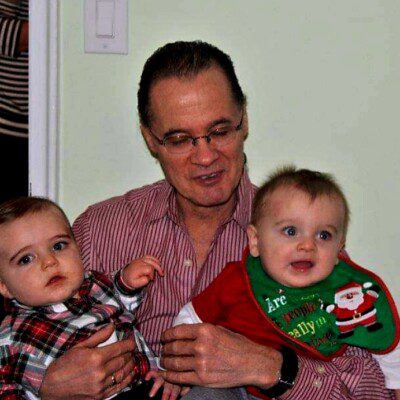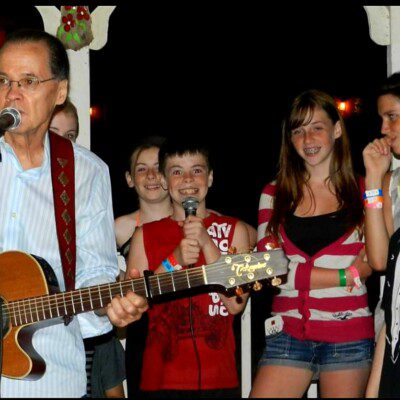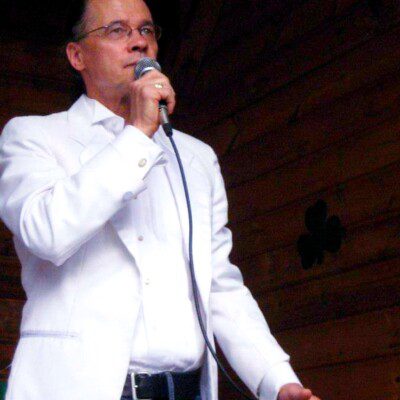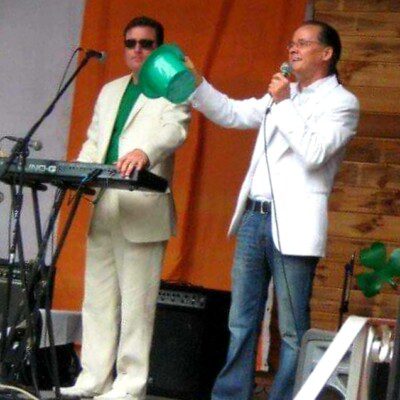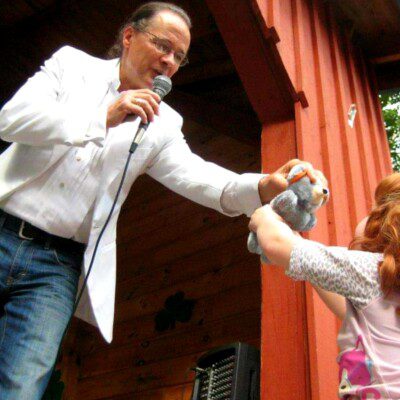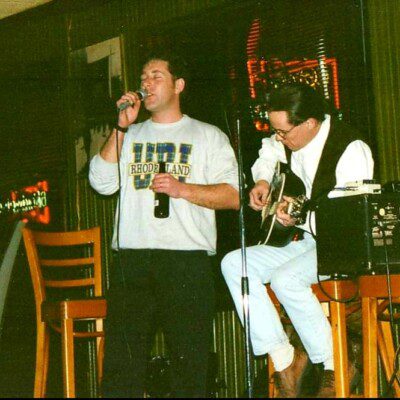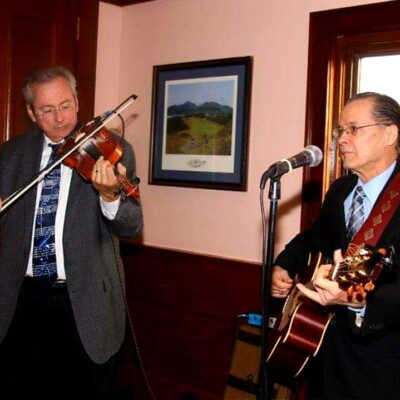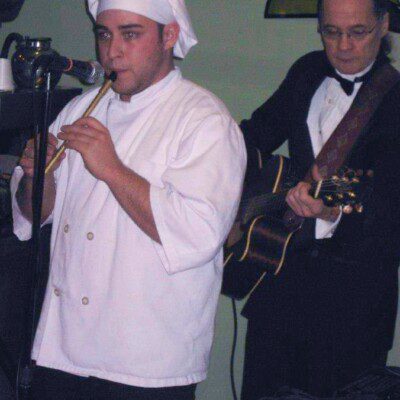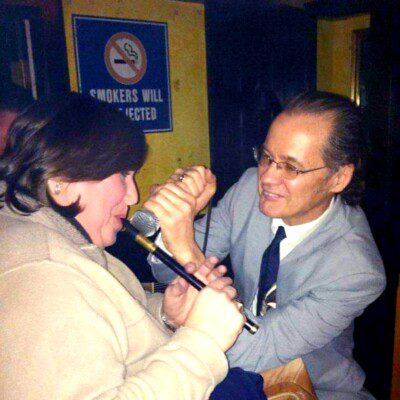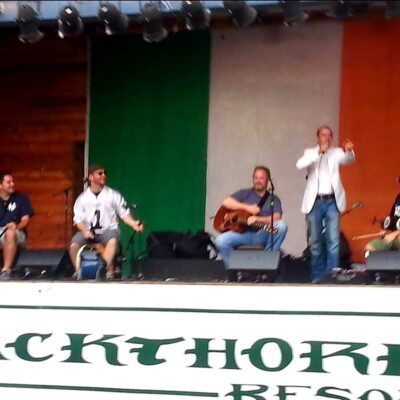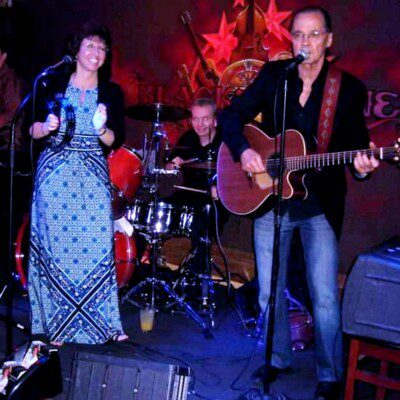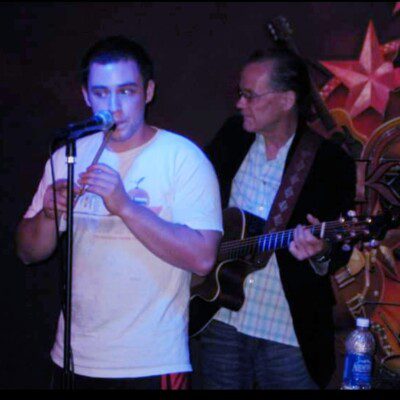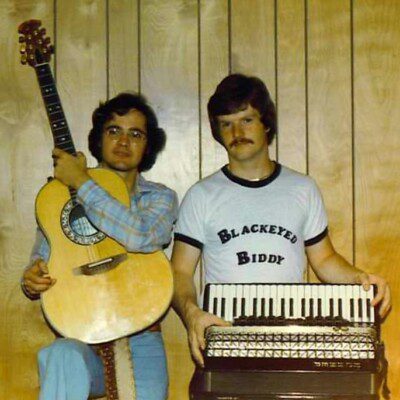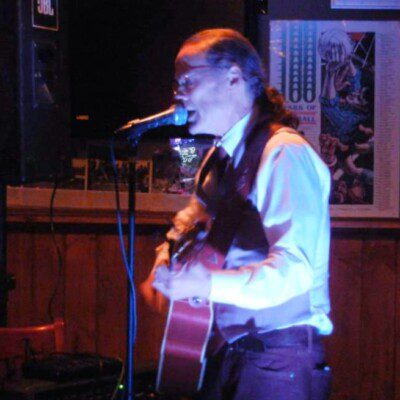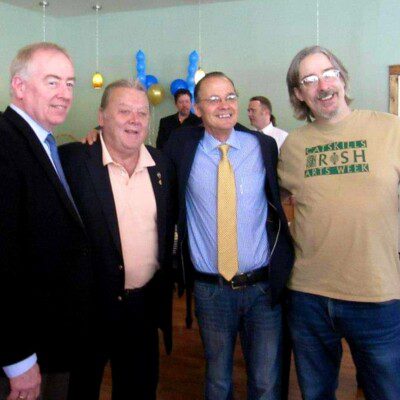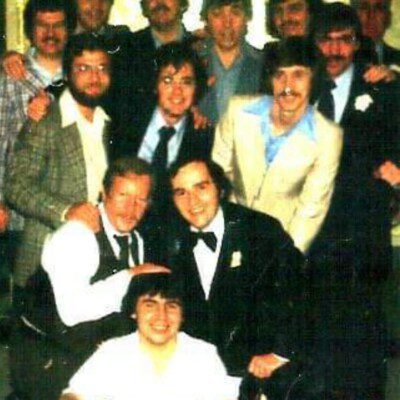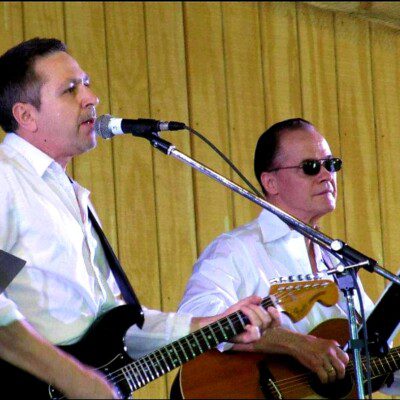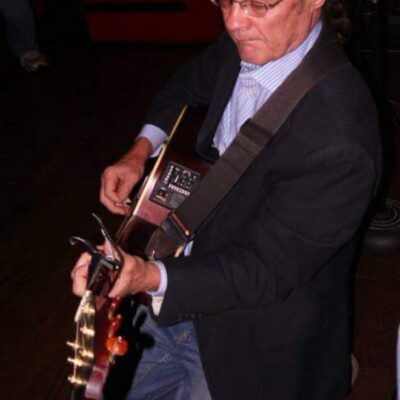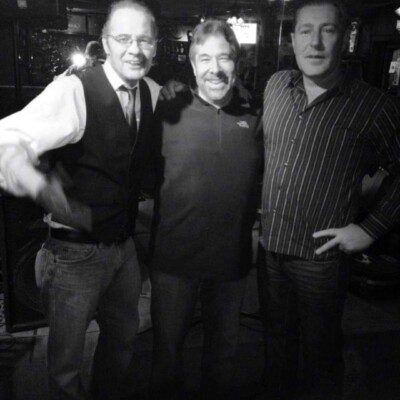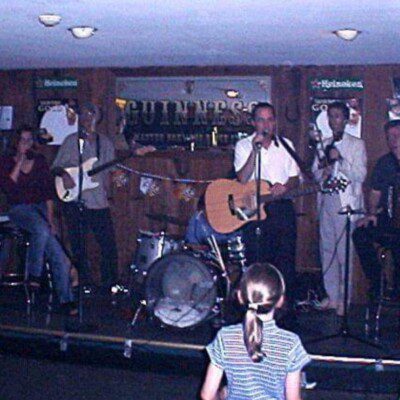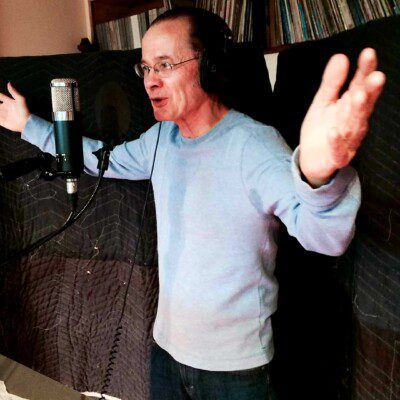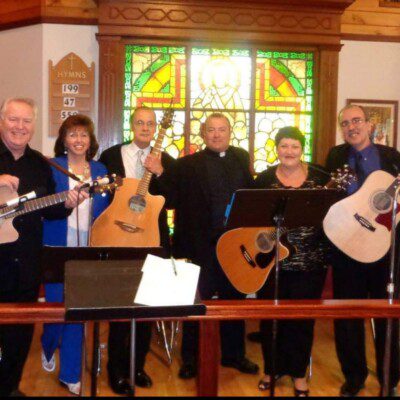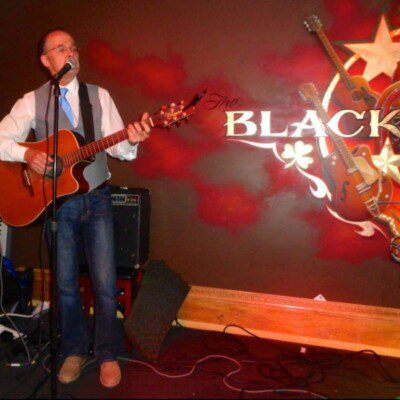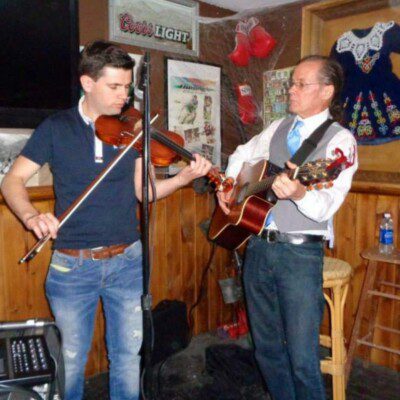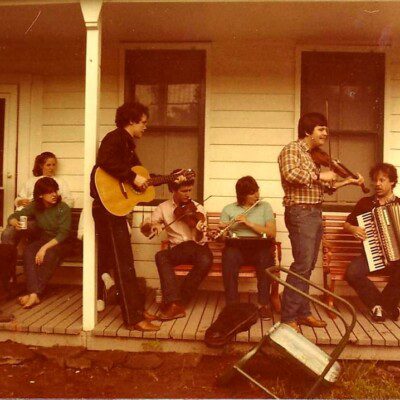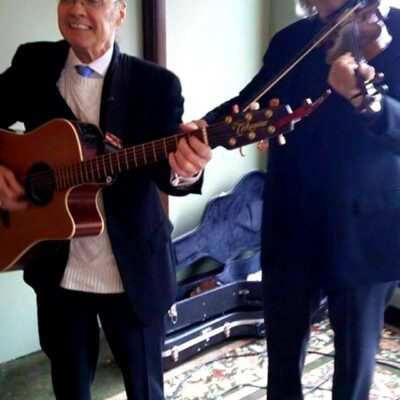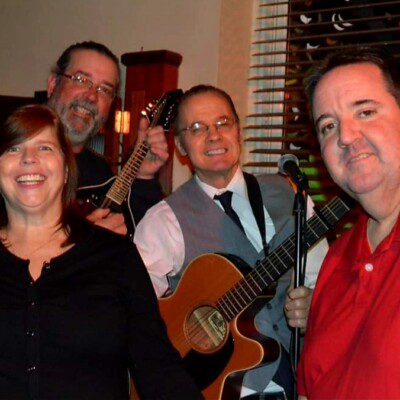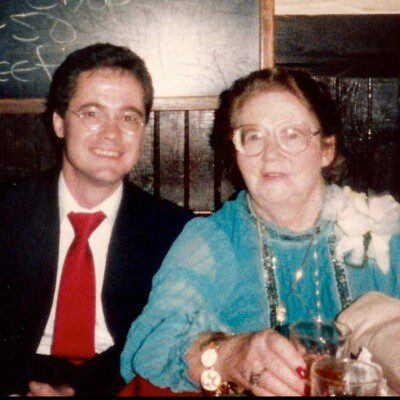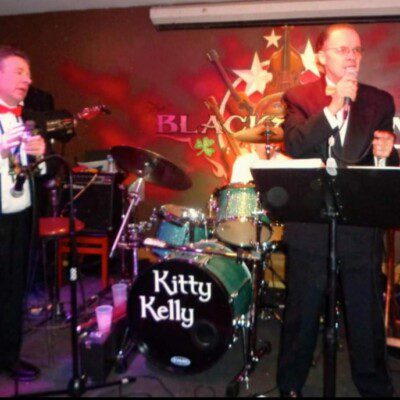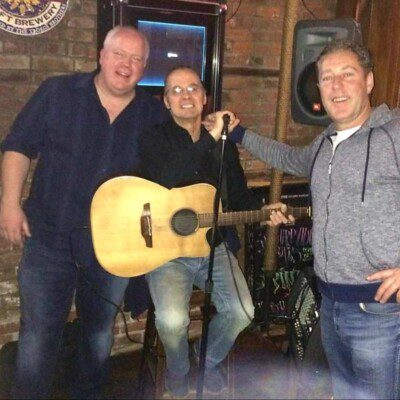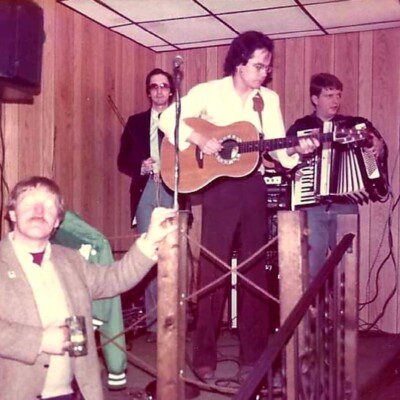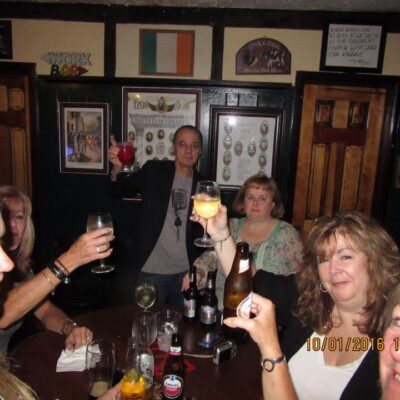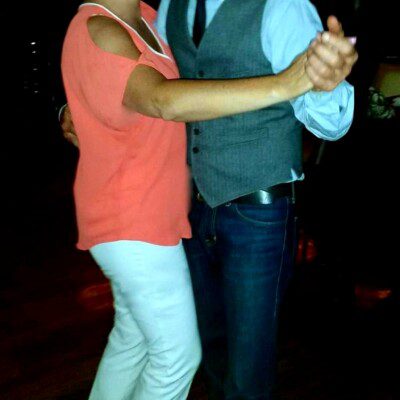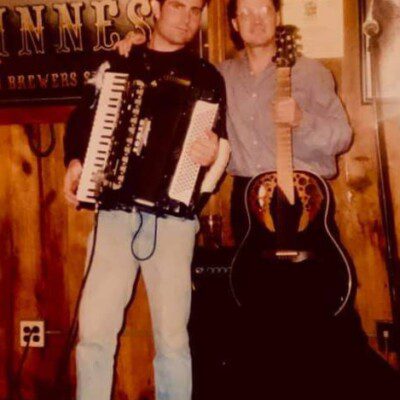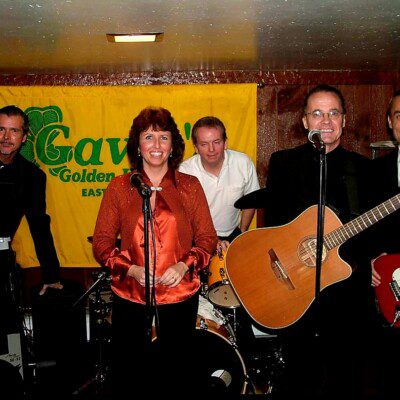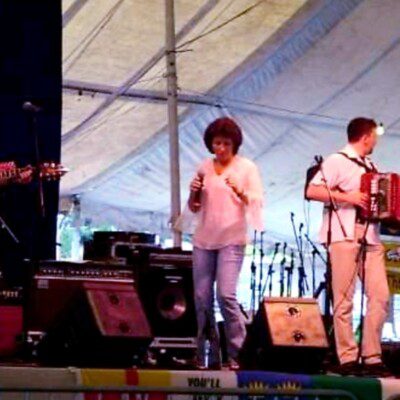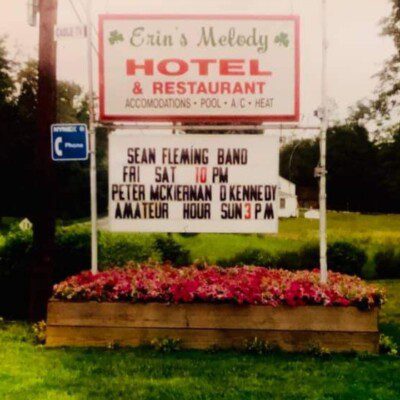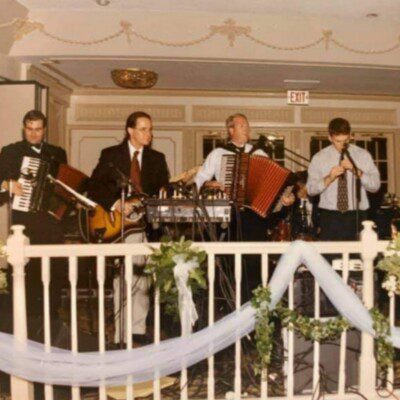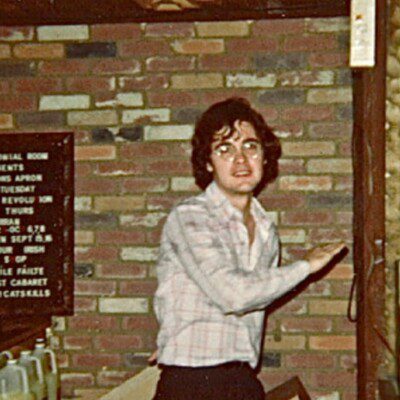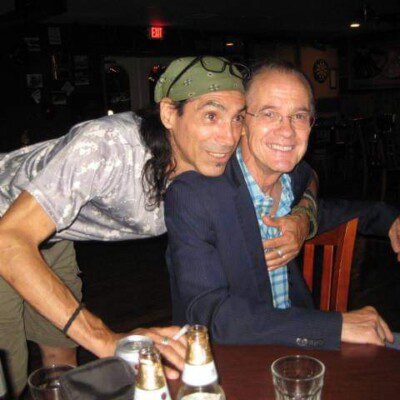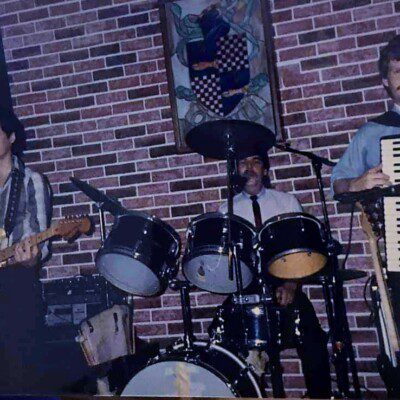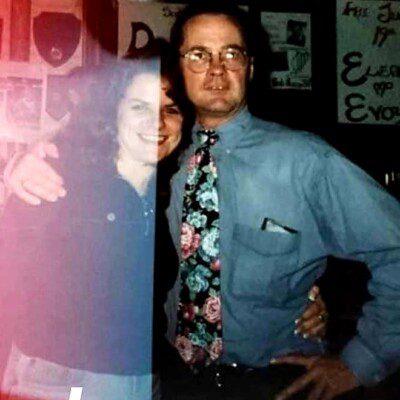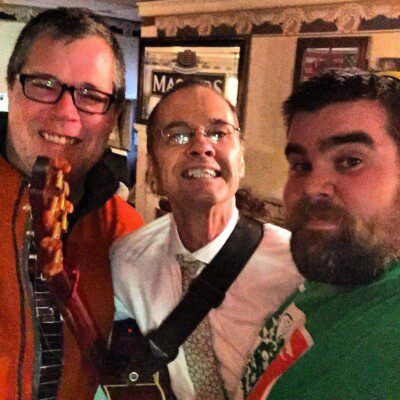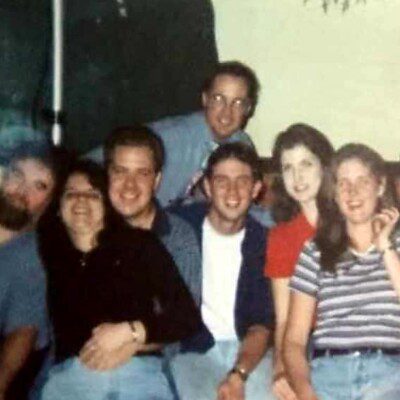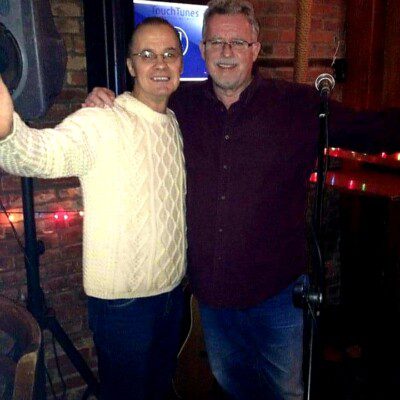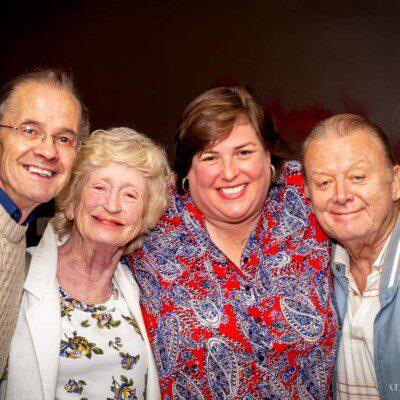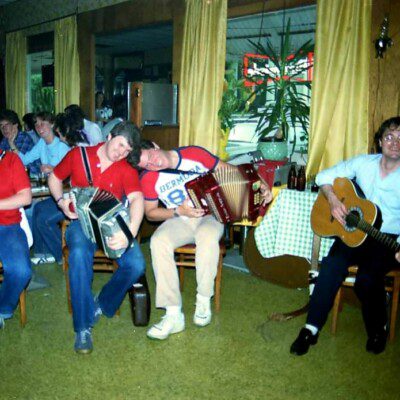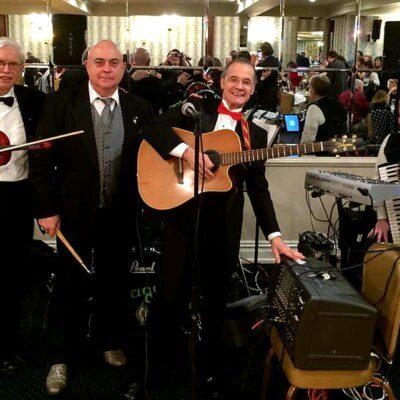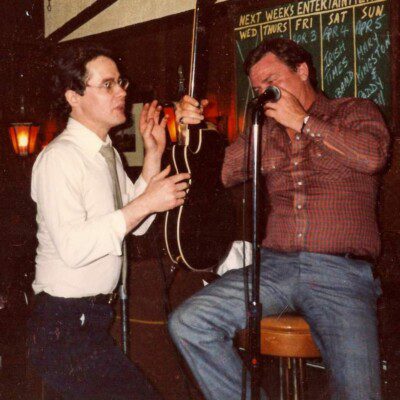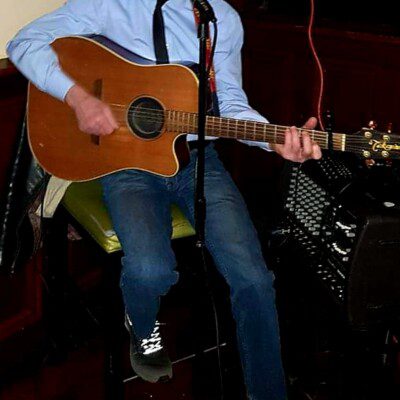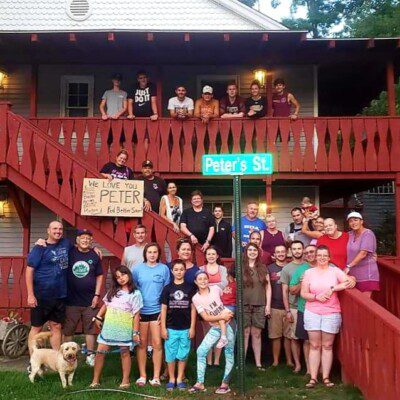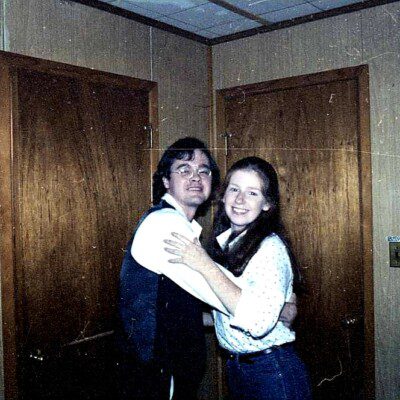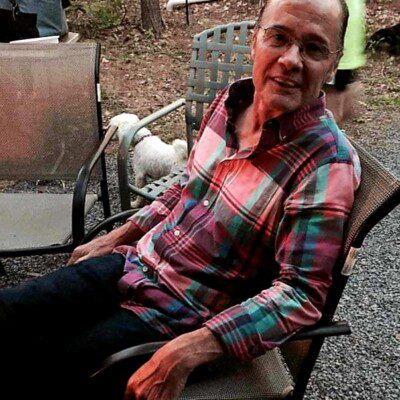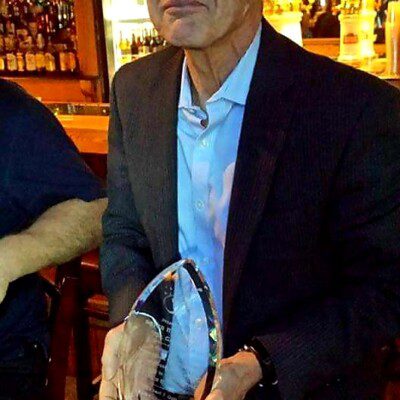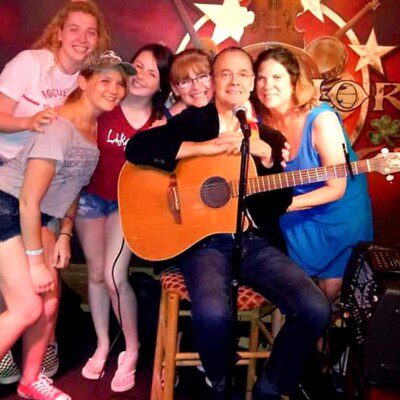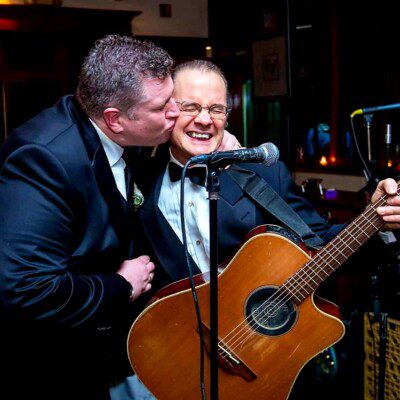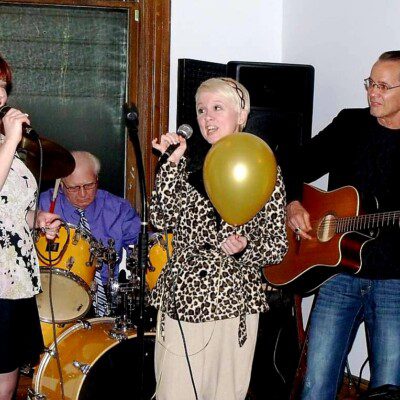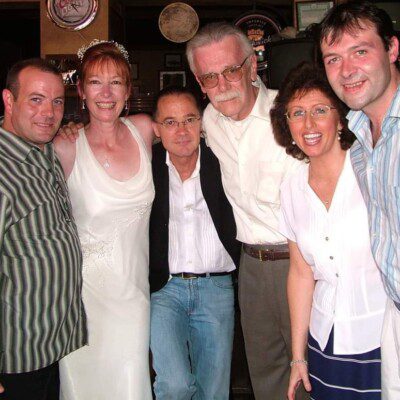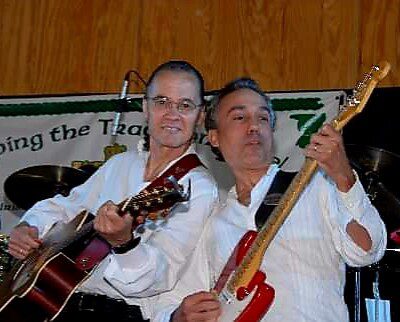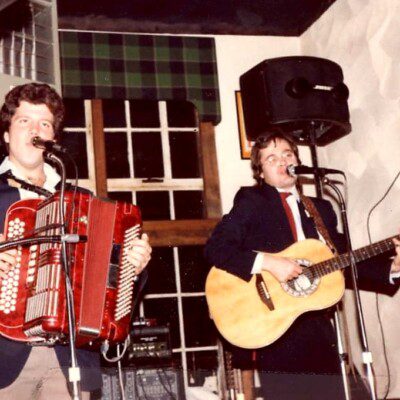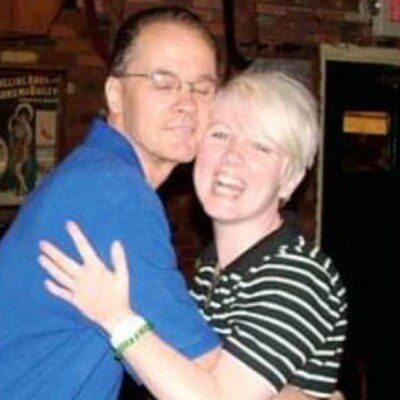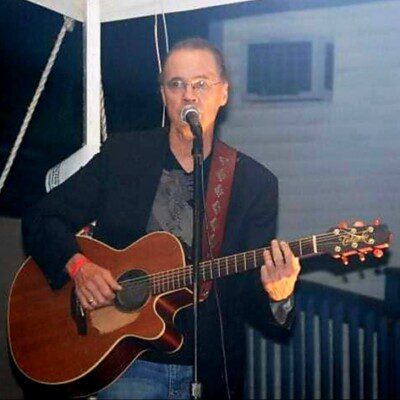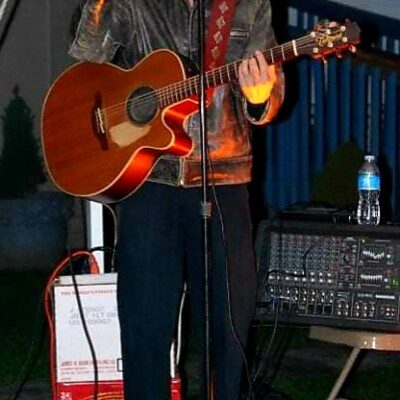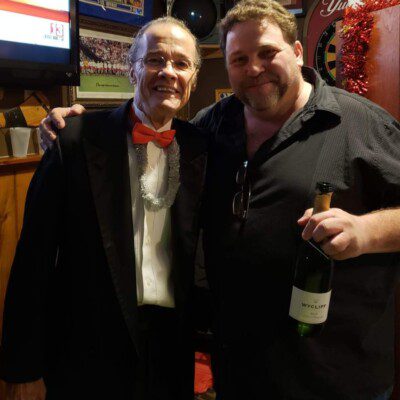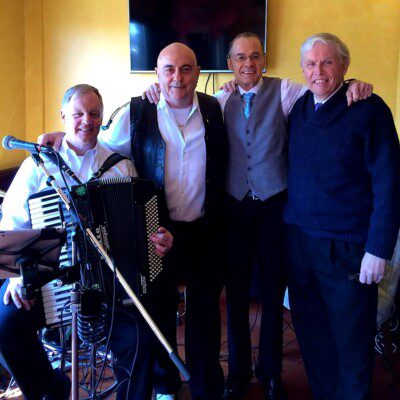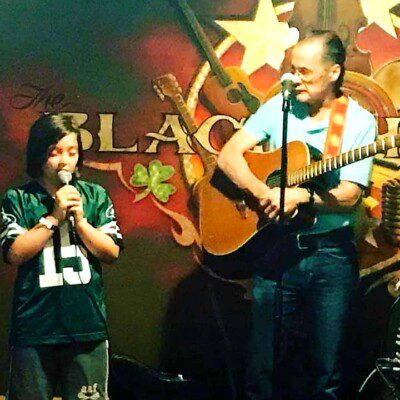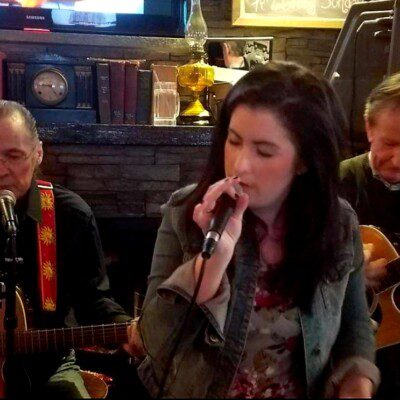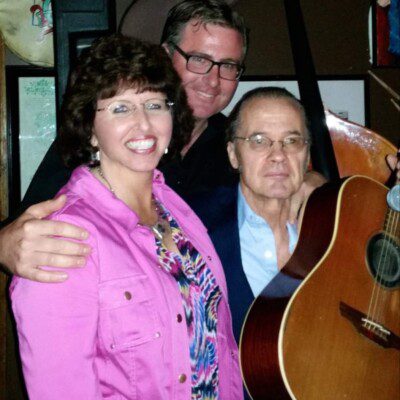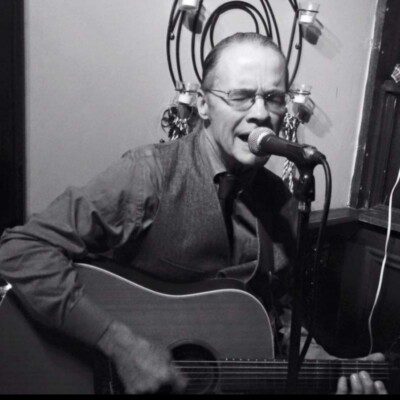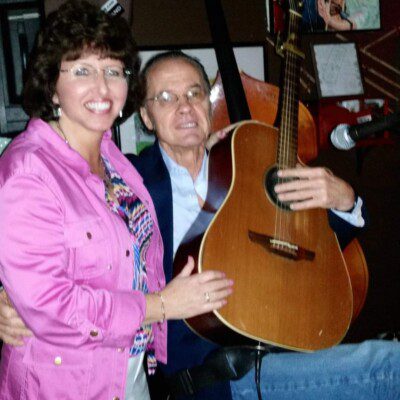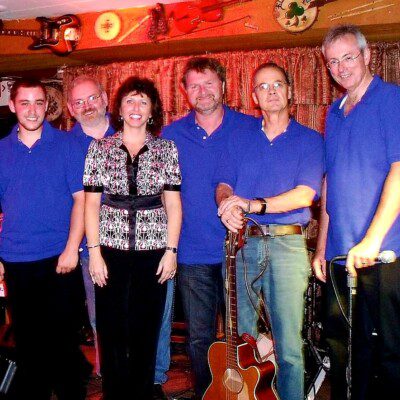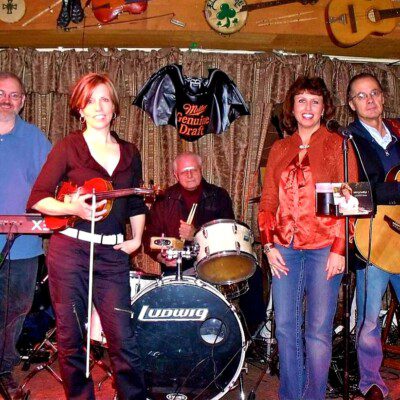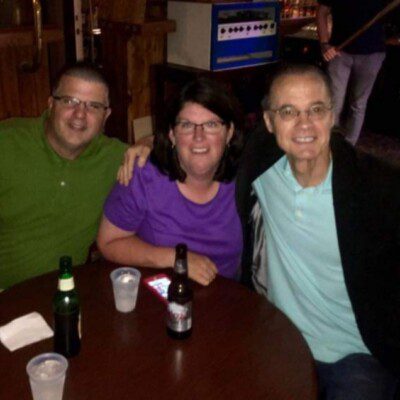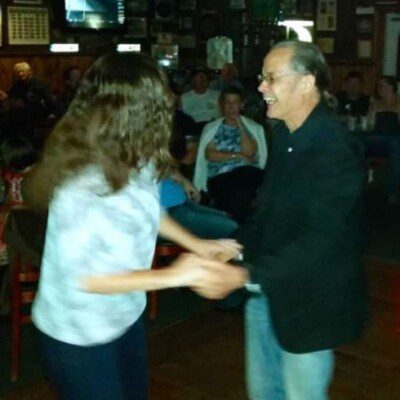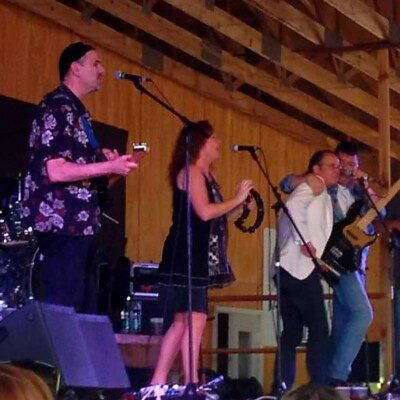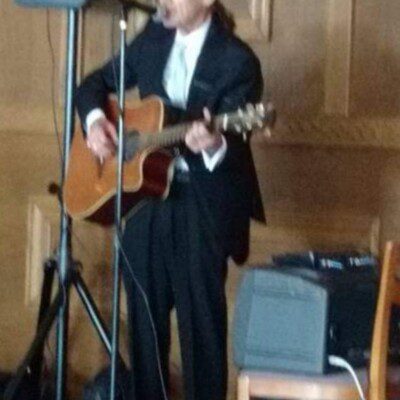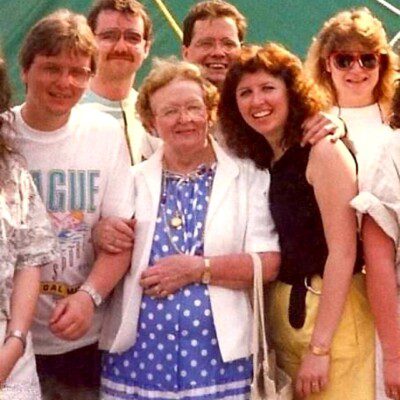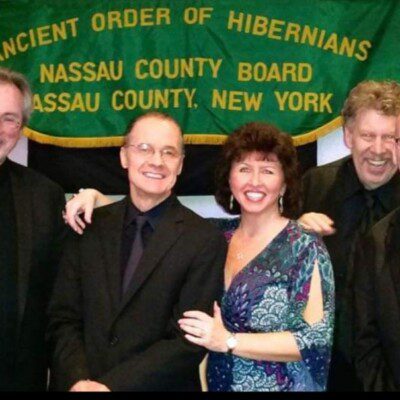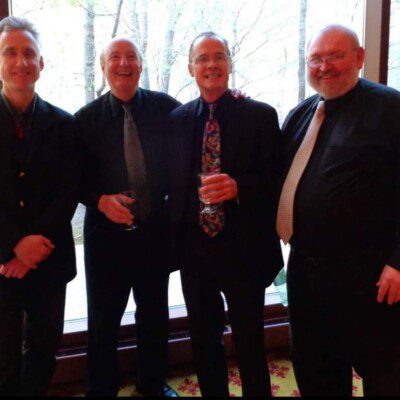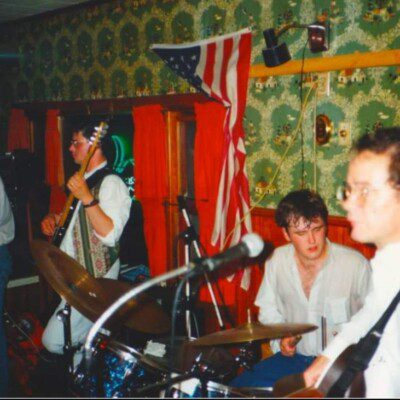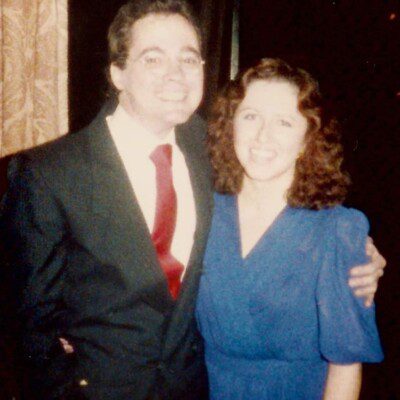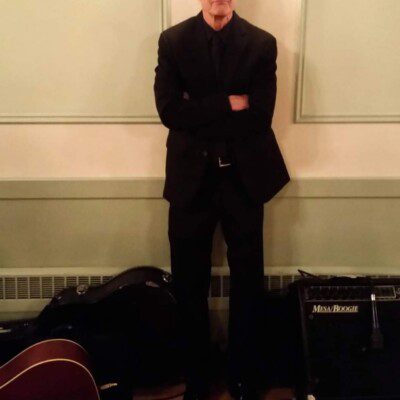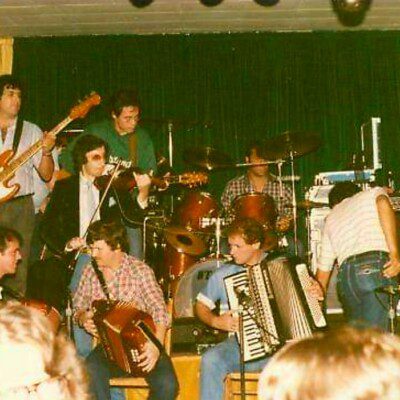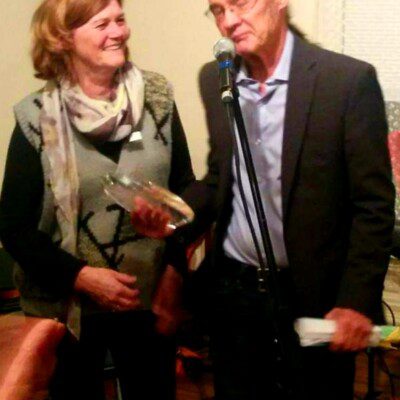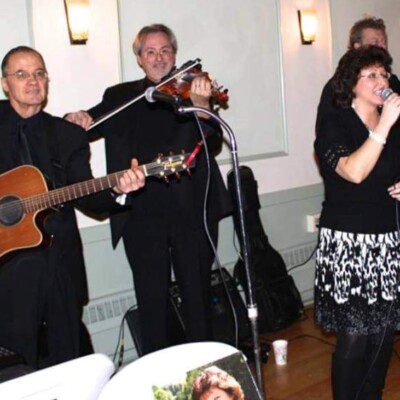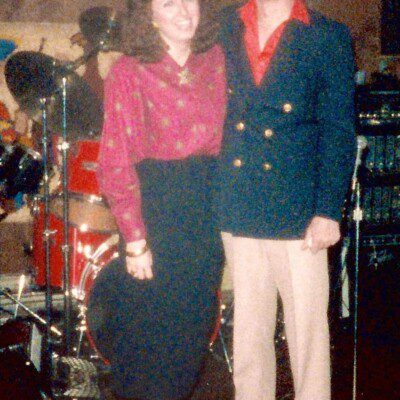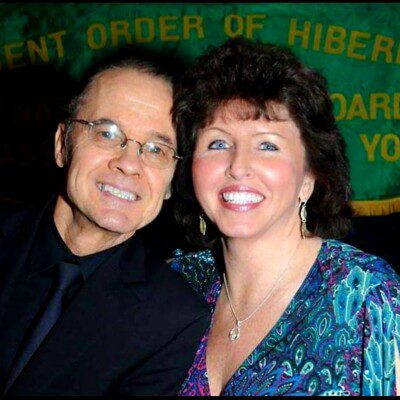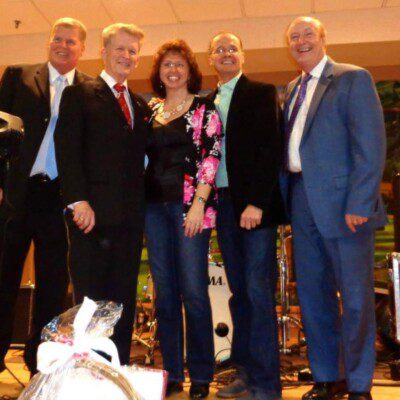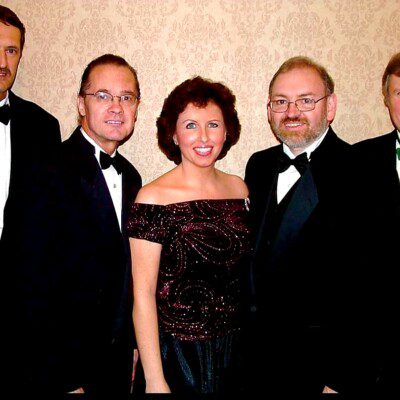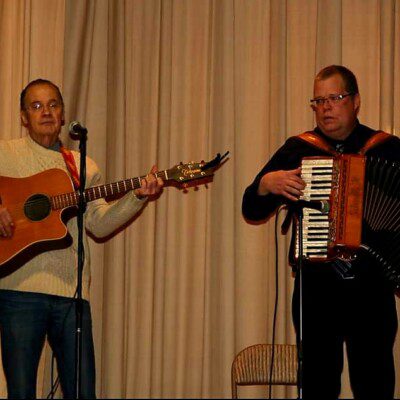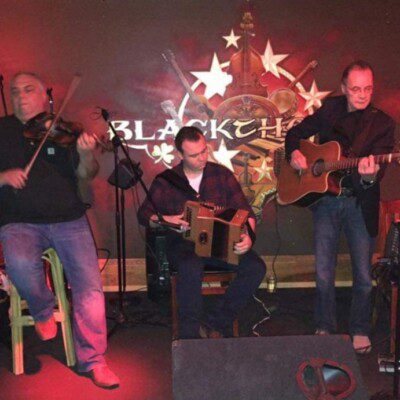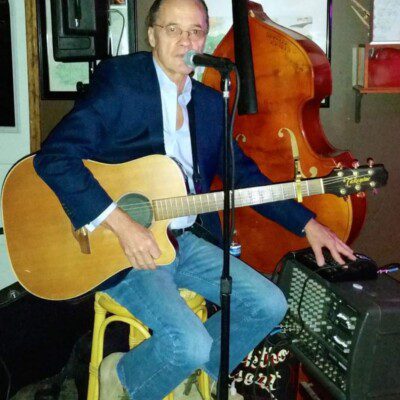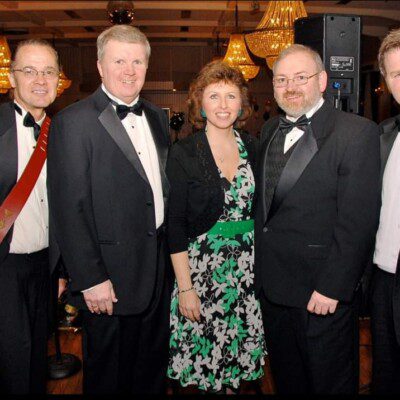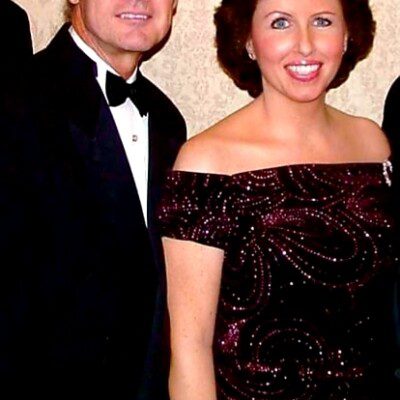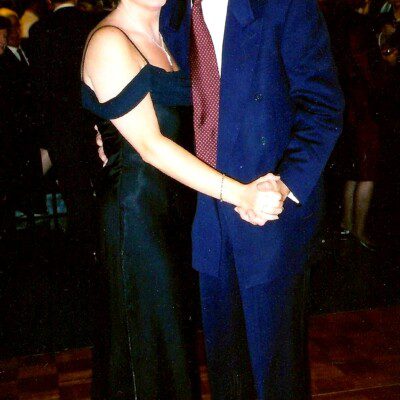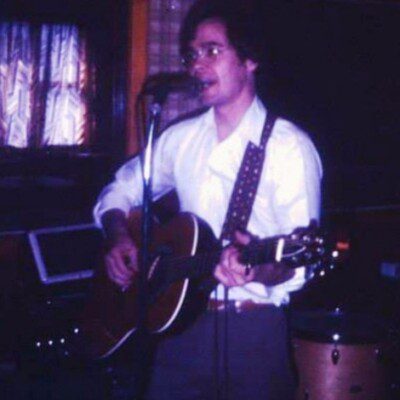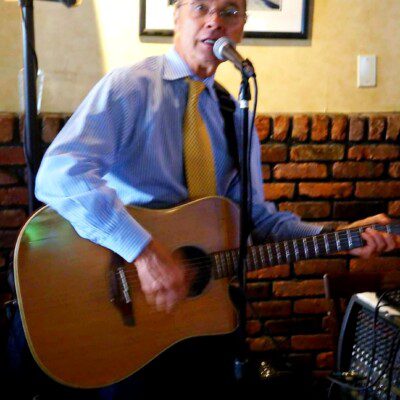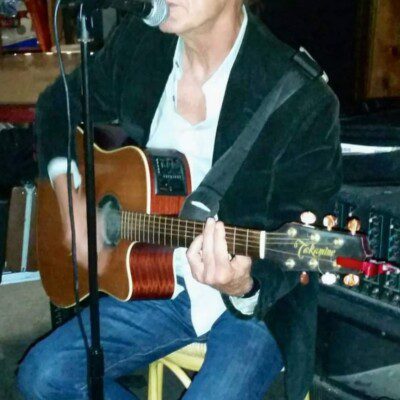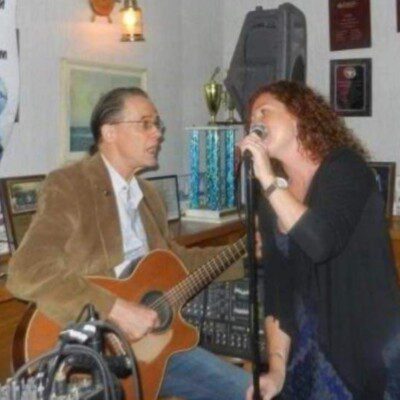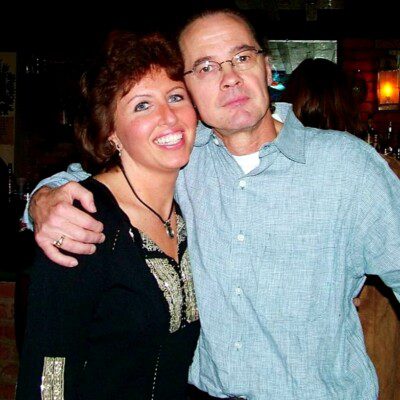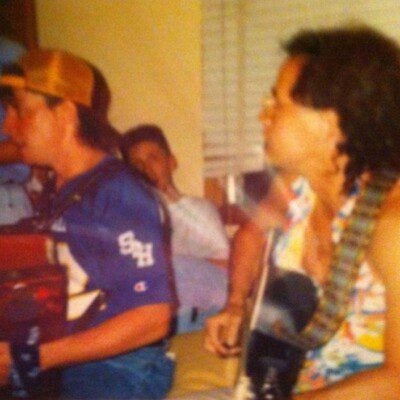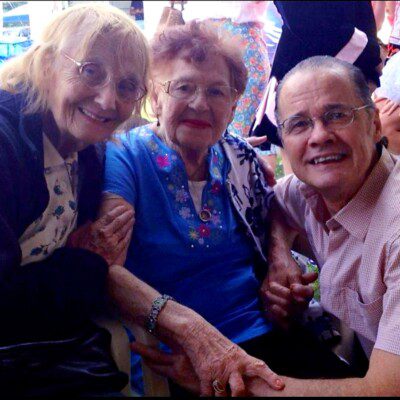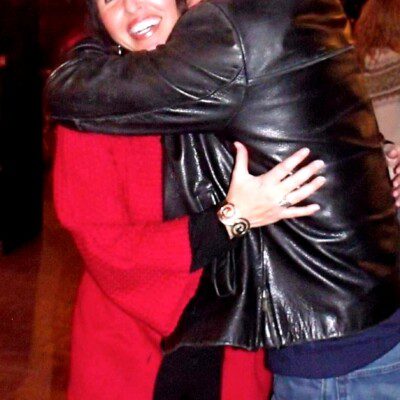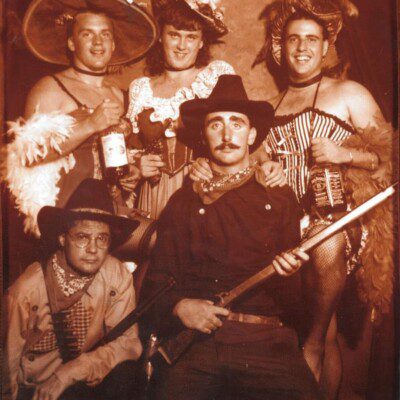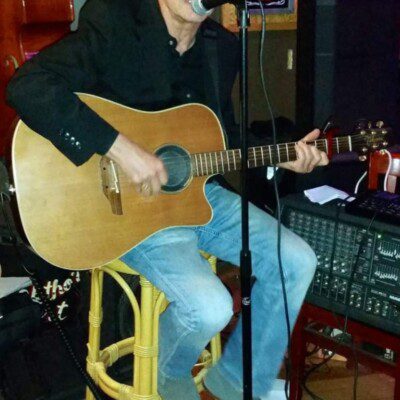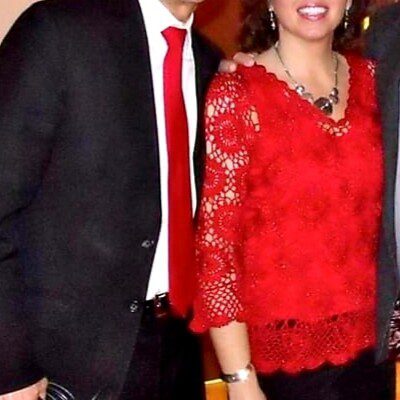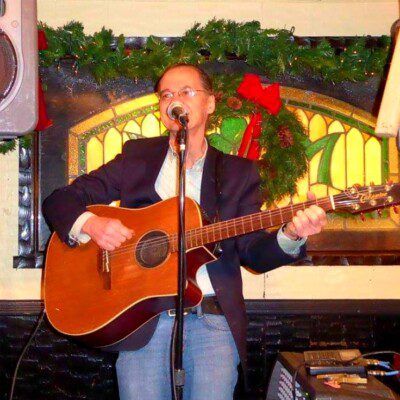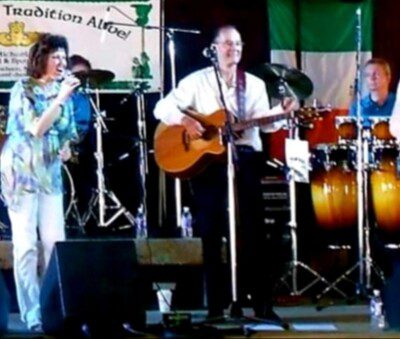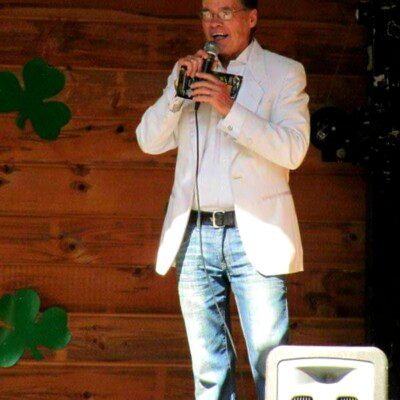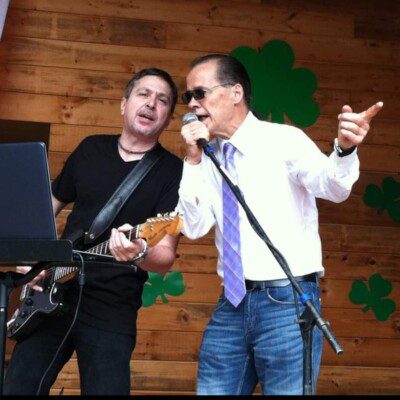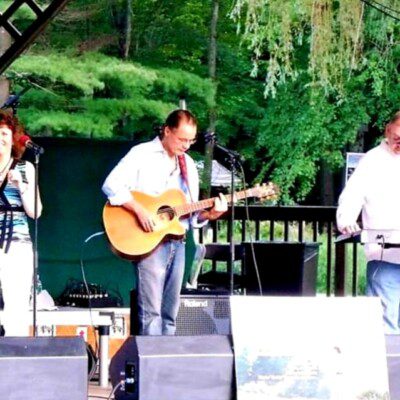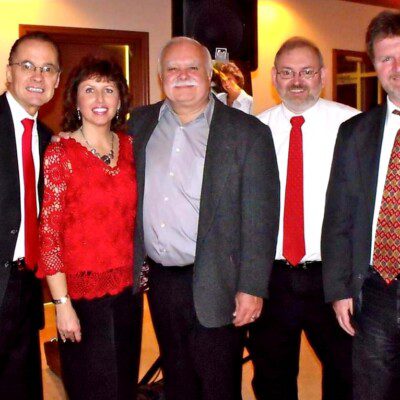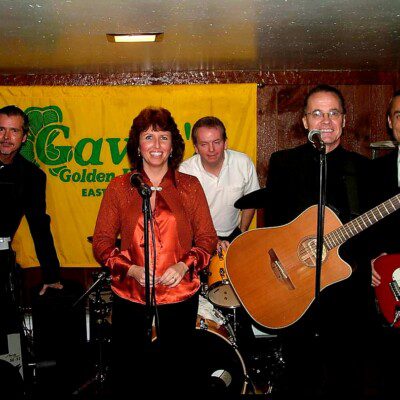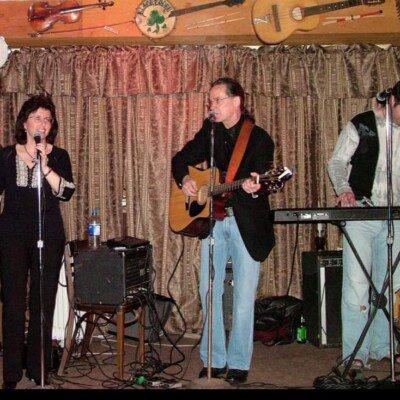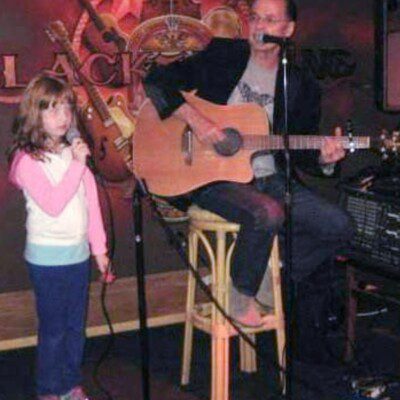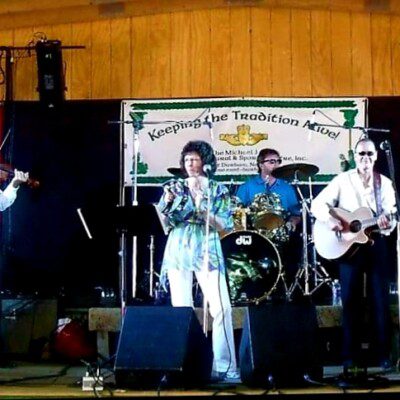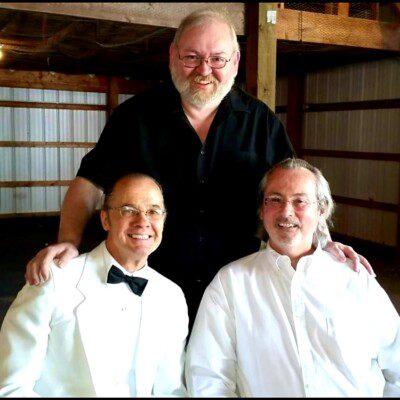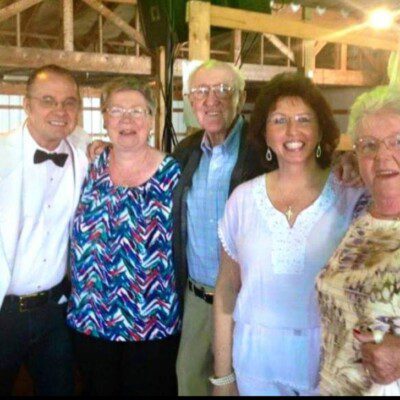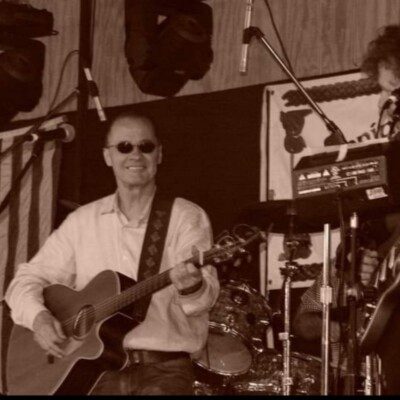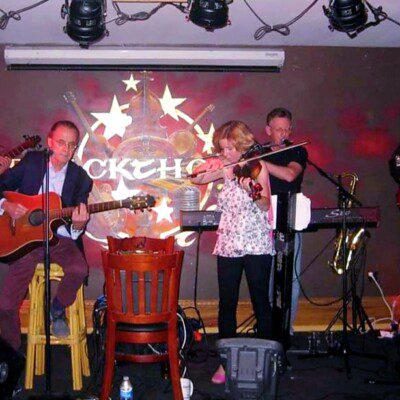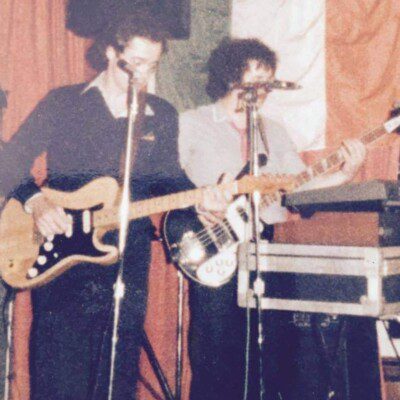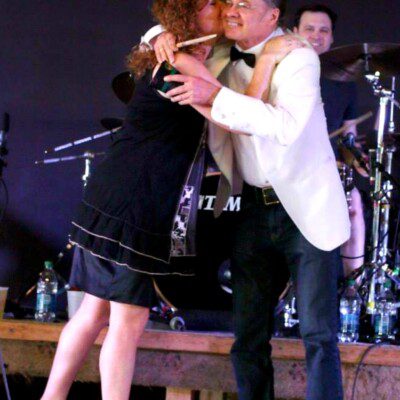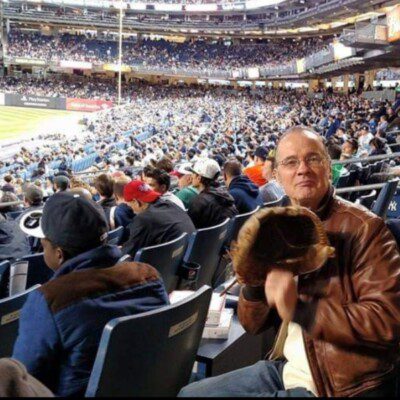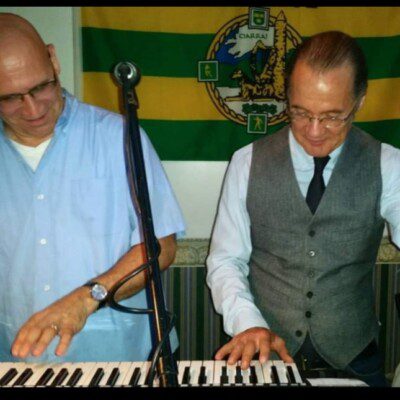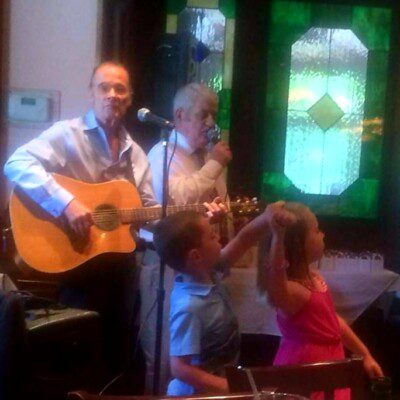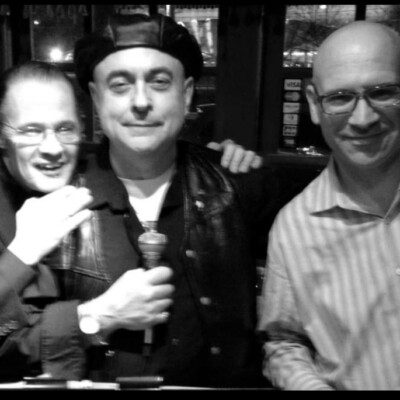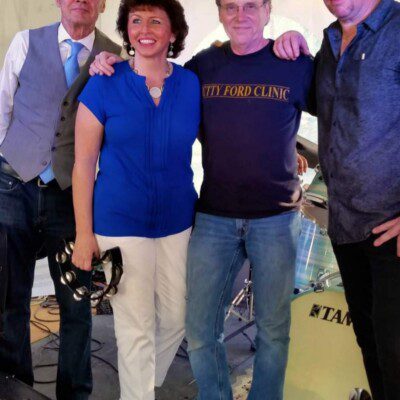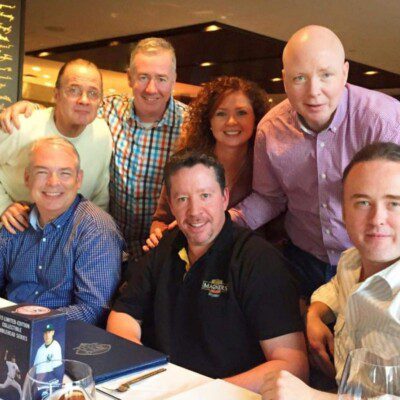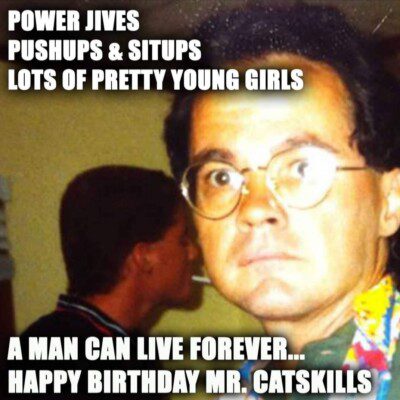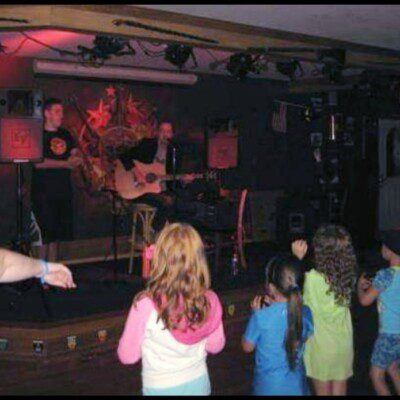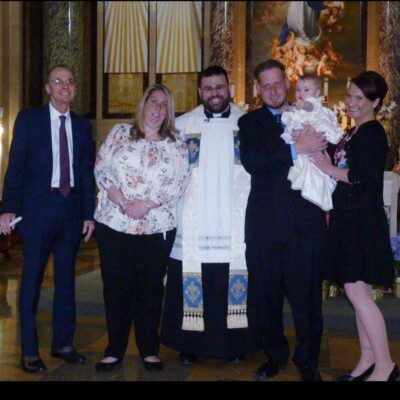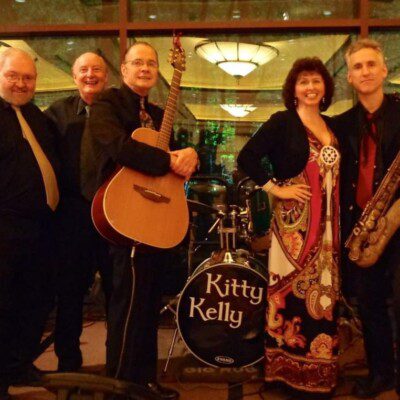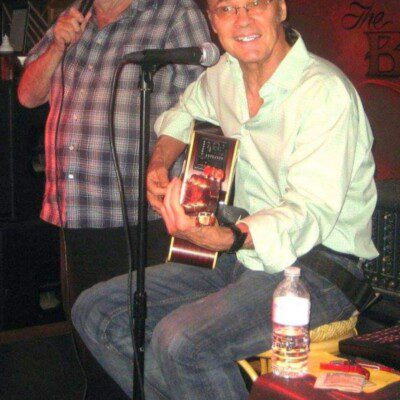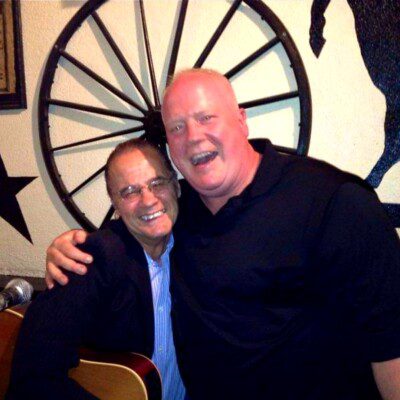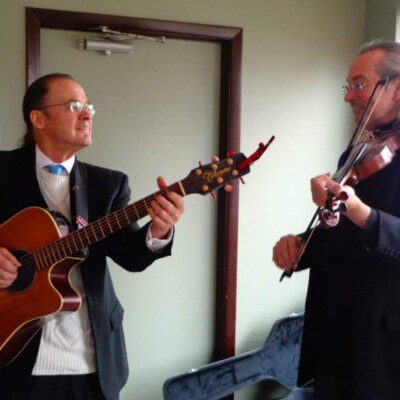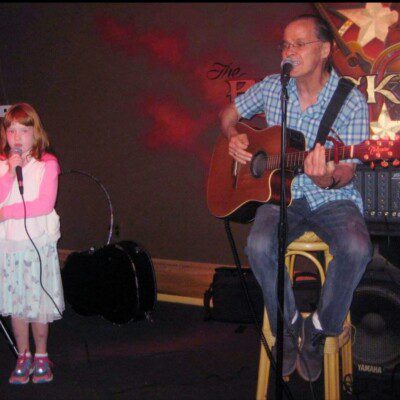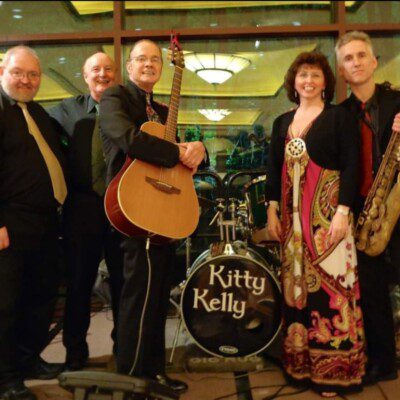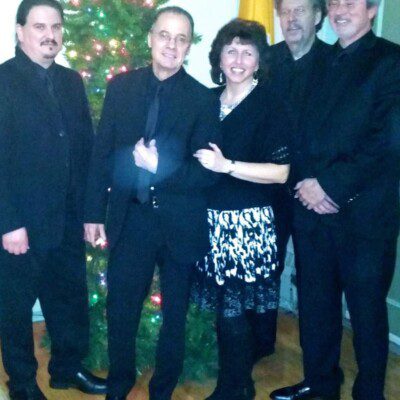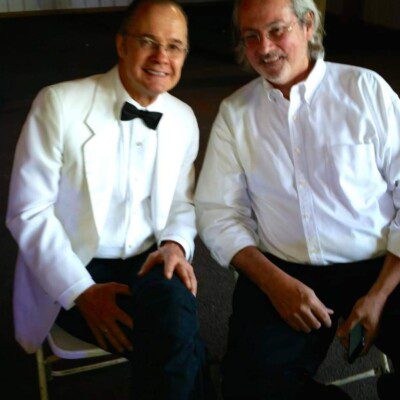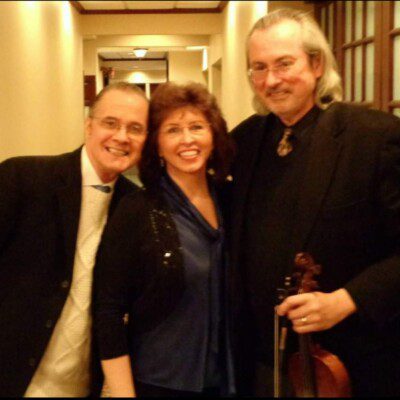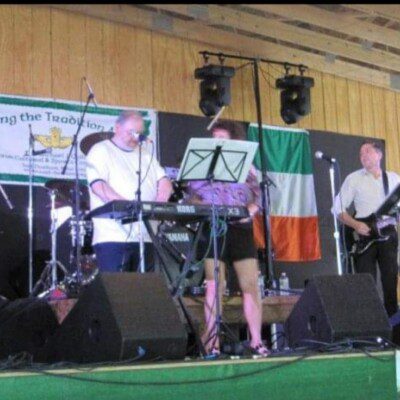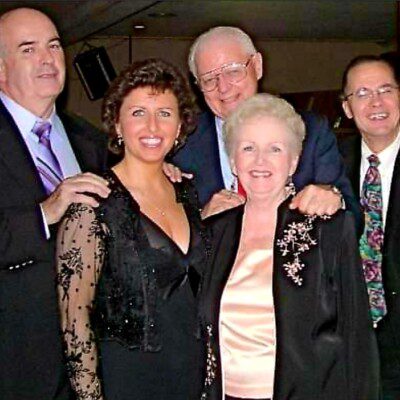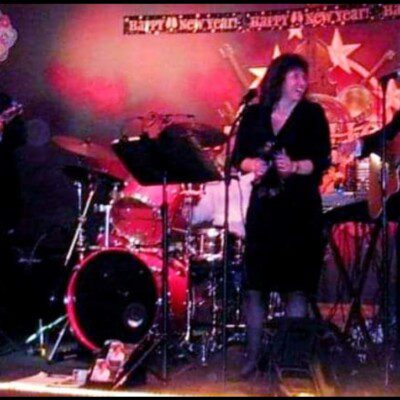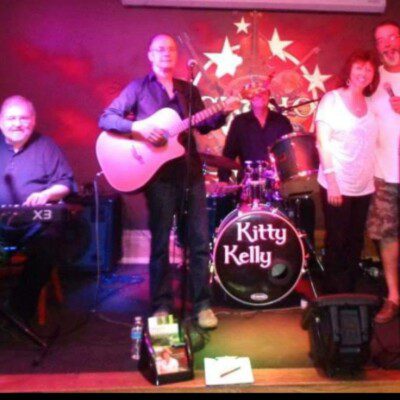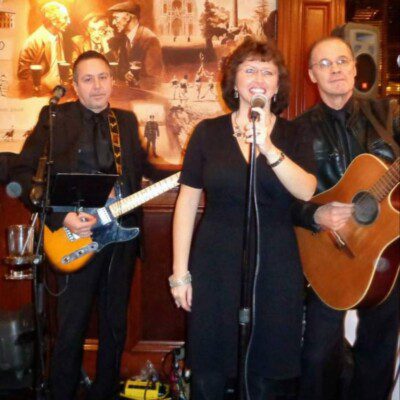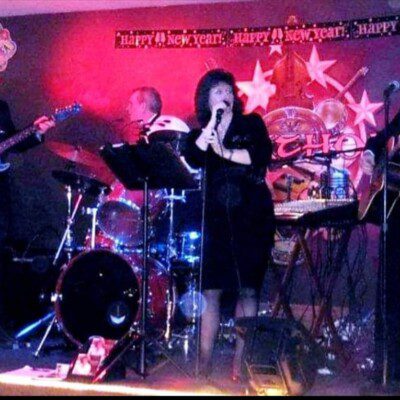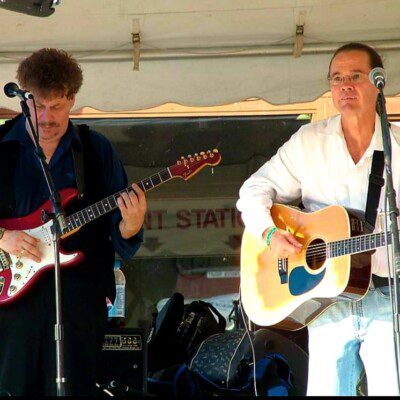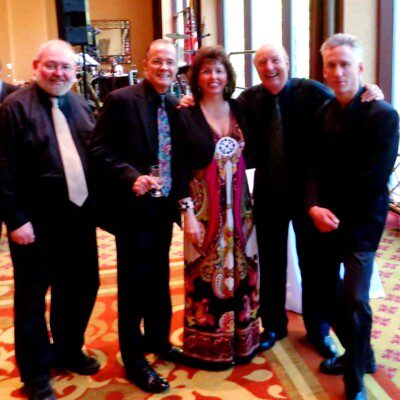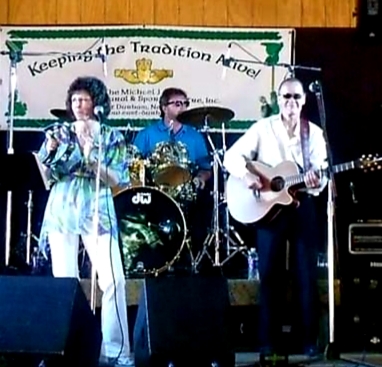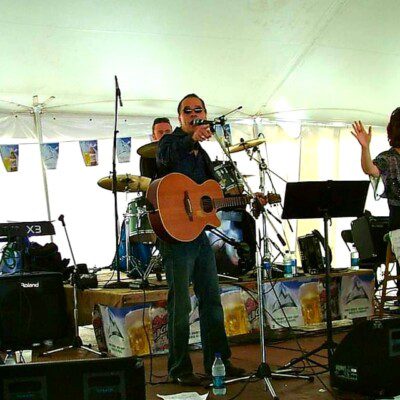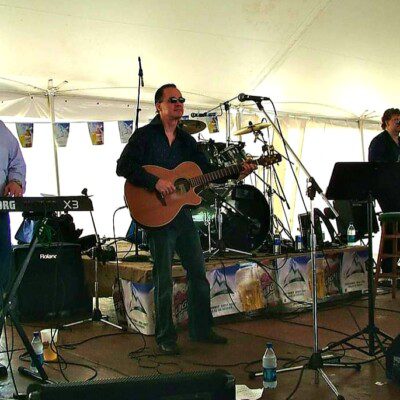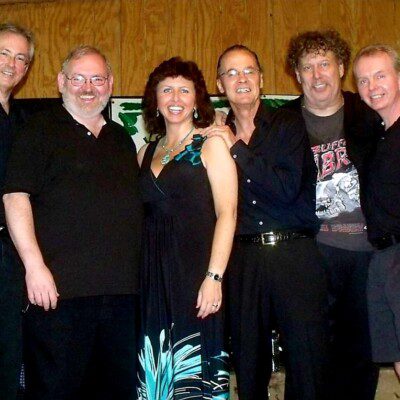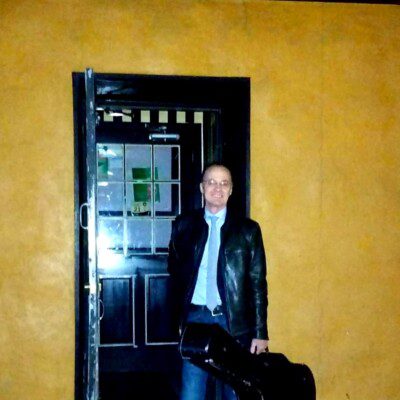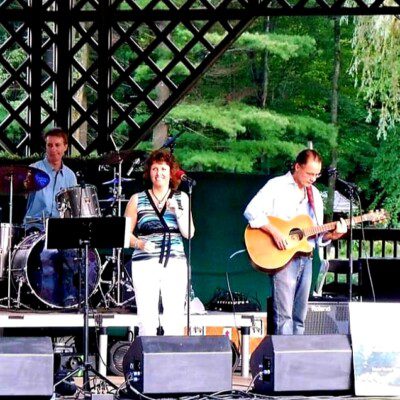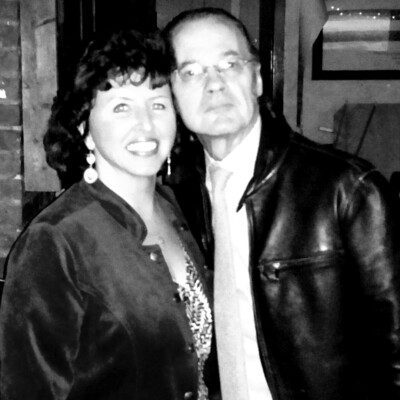Heritage
The preservation of Irish culture holds profound significance for Americans due to the country’s historical and cultural ties with Ireland. Millions of Americans proudly trace their ancestry to Irish roots, and preserving this heritage helps them maintain a strong connection to their past and identity. This preservation enriches the cultural fabric of the United States, fostering a sense of diversity and inclusivity.
Irish immigrants have made substantial contributions to American society, from politics to the arts, enriching the nation’s history and character. By safeguarding Irish culture, traditions, language, music, and dance, Americans honor the legacy of their ancestors while promoting cross-cultural understanding. Festivals, museums, and community initiatives dedicated to Irish culture provide platforms for education and appreciation, fostering a sense of unity among diverse populations.
The importance of preserving Irish culture is its ability to bridge generations, celebrate diversity, and promote a deeper understanding of the roots that have shaped the nation. It’s a testament to the enduring power of cultural heritage to forge connections across time and geography.
Michael J. Quill Irish Cultural & Sports Centre
History and Ground
The Michael J. Quill Irish Cultural and Sport Centre Inc. is a non-profit 501(C)(3), educational corporation that was founded in 1987 by community leaders. Our mission is to preserve and promote Irish culture and artistic heritage in both the local community and in the northeast region. Our 58-acre property in East Durham currently houses the Irish-American Heritage Museum and hosts various festivals and sports programs.
Our current facility is a four-tiered rural site. The lower portions of which are utilized for sports events and outdoor festivals. The Centre hosts the annual East Durham Memorial Day Weekend Irish Festival which draws approximately 20,000 people from throughout the east coast. In addition, we also host the Catskills Irish Arts Week, the Traditional Irish Music Festival, Irish Film Series, the East Durham Feis, The Celtic Festival and other non-ethnic community-wide events.
The property, which has been developed over 9 years at a cost of $800,000, now includes a main entrance road, graded fields and parking areas, fencing, public bathroom facility, storage buildings and a permanent pavilion structure on the festival grounds measuring 80′ x 144′, a cultural information office, the Peter J. O’Neill Library, John E. Lawe (former President of the TWU) Memorial and a regulation full size Irish Football Sports Field and a community little league field. Also on the property is the summer exhibition home of the nation’s only Irish- American Heritage Museum. The MJQICSC erected an authentic Donegal Irish Cottage on site that was brought over piece by piece from Ireland. In the cottage’s foreground, you will find the largest man made map of Ireland outlining each county with their flag. Most recently, the MJQICSC has constructed a 9/11 memorial with a replica of the twin towers. In recognition of Ireland’s religious suppression, there is also a mass rock on the grounds where periodic masses are held.
Our Office, “Tir Na Nog”, is located on Route 145 just before the entrance to the festival grounds. We are open from April-October.
East Durham: a Hub for Irish Culture
Known as “the Emerald Isle of the Catskills,” East Durham is a hamlet within the Town of Durham, population of about 2,600 which quadruples during the summer season. It is located in western Greene County, New York. Drawn to the familiarity of one’s own ethnicity, visitors to East Durham found comfort that eluded them in the neighborhoods of New York City. It has been the summer center for the Irish and Irish culture for over 6 decades.
Community Revitalization
he MJQICSC primary goals are: The survival of Irish traditional arts and sports in the Catskill region, Hudson Valley and Capital District and the economic survival of the Durham business community.
Today, East Durham is still populated by first and second-generation Irish. The resorts, restaurants, craft and import stores remain despite the area’s economic decline and create the community’s visible ethnic character..
In spearheading the MJQICSC, the community looks to the Cultural Centre for its leadership role in bringing together the many cultural, civic and tourism organizations to help stimulate economic growth. The local business association has found renewed stimulation and purpose in their active participation in the MJQICSC. Although substantial support and involvement was generated in our inaugural year, much public outreach work over the next few years remains to be accomplished. These efforts will also result in building associated cultural events throughout our community.
Benefit Outside the Area
The impact of the MJQICSC has been felt by artists, audiences and organizations in the Catskills, Hudson Valley, Capital District and throughout the east coast. The Irish Arts Week has reached an audience from California to Alaska and Florida to Maine. Irish communities in all corners of the world have looked to the MJQICSC for future programing in expressions of Irish culture, including traditional arts, music and sports.
Model Program for Other Ethnic Arts Organizations
We believe the impact of the MJQICSC is potentially broader than simply promoting Irish culture, including traditional arts and sports in the Northeast region. This model which combines top quality education in the traditional arts with an economic stabilization and growth of ethnically-owned businesses in ethnic communities contains elements that will be useful to other rural ethnic communities throughout the United States. Bringing master artists to our small town and supporting local artists, the MJQICSC enhances traditions that provide cultural enrichment for the local population, attracts new audiences and new sources of economic revenue.
Future Program Funding
Our goal is to build the MJQICSC to a fully self-sustaining level on certain programs. Development support is required during this period and continued support will be sought through the state, county programs, foundations, private donors and by increasing local fundraising. Support of local and regional businesses, began in 1987, will also continue to be sought out for an increasing share of a secure financial base for the continuity of the MJQICSC.
Funding will be needed in the following areas, grounds improvement, landscaping, building improvements, defray entertainment costs, staff development, feasibility study for research and development of programs for future exhibits and festivals, and expanding the current Irish Arts Week Program, a nationally recognized education program.
Planning and Development
The Planning and Development stage of The Michael J. Quill Memorial Cultural Building project was awarded in 1994-95 for a member item by The York State Legislature budget. Possible long-range plans for the remaining property will include the construction of a 19th-century historic Irish village tourist attraction, modeled upon the Bunratty Village in County Clare, Ireland, on the upper level of the property. In addition, we envision developing a park setting for public recreational use with bicycle paths, nature trails and picnic areas.
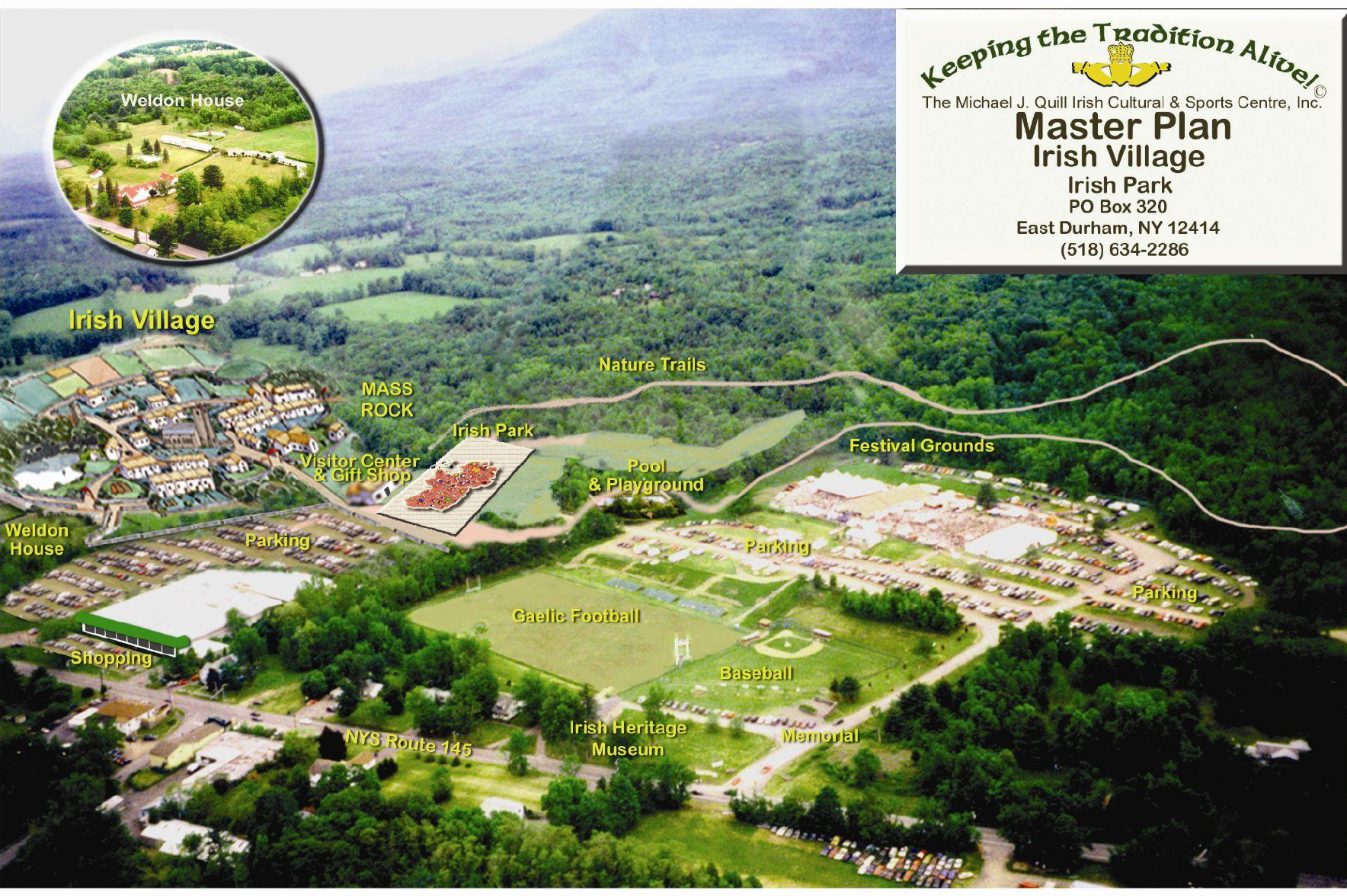
Who is Michael J. Quill?
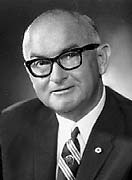 Michael J. Quill, was an important figure in Irish culture. Founder of the Transport Workers Union of America in 1934, Mike Quill was also its first International President. Born in the village of Kilgarvan, County Kerry, in 1905, Mike Quill was nurtured by the Irish revolt against British occupation. Because of his involvement with the rebellion, he had to leave his country and travel to America where he found work building the IND (Independent) subway in New York City. He held various other jobs until becoming a changemaker on the IRT (Interborough Rapid Transit). Times were tough and the 12-hour, 7 day work week was all-too-common.
Michael J. Quill, was an important figure in Irish culture. Founder of the Transport Workers Union of America in 1934, Mike Quill was also its first International President. Born in the village of Kilgarvan, County Kerry, in 1905, Mike Quill was nurtured by the Irish revolt against British occupation. Because of his involvement with the rebellion, he had to leave his country and travel to America where he found work building the IND (Independent) subway in New York City. He held various other jobs until becoming a changemaker on the IRT (Interborough Rapid Transit). Times were tough and the 12-hour, 7 day work week was all-too-common.
By 1935, Mike Quill began to agitate openly for the union. He set up his soapbox at lunch hour at the powerhouses or in the shops. It was the famous shopgate meetings which helped make him a popular figure on the transit property. He also appeared on radio in 1936 to bring the union’s message across to the widest audience.
Reflecting on those years, Mike Quill once recalled, “we were no experts in the field of labor organization, but we had something in common with our fellow workers — we were all poor — we were all overworked — we were all victims of the 84 hour week. In fact, we were all so low down on the economic and social ladder that we had nowhere to go but up.”
What Mike Quill is probably most remembered for, is his role in the 1966 transit strike in New York City. New York transit had always been a political football and in 1966 the issue of who was to pay for transit funding loomed large. An ailing Mike Quill, weakened by a series of heart attacks, would not be daunted by politicians’ pronouncements and editorial page attacks. Called an “irresponsible demagogue” and “lawless hooligan” by the press, he only wanted what was fair for his members, even at the cost of a strike.
TWU had made its economic demands known in July 1965, but negotiations dragged on with no movement by the Transit Authority. At the top of TWU’s list were wage increases to make up for the rise in the cost of living generated by the Vietnam War inflation.
In November 1965, John V. Lindsay was elected mayor. Unlike his predecessor, Robert Wagner, he did not take an active role in the negotiations. The TA pleaded poverty and without any leadership from the Mayor, they made no offers to the union. In fact, the Mayor-elect decided to take a vacation in Puerto Rico.
As the clock ran down, the union made strike preparations as it had so many times before. Procrastination was nothing new to the transit managers. Only this time, it appeared that the new mayor either did not believe Mike Quill would make good on the strike threat, or he thought he could beat the transit employees down into submission. Whatever the motive, he was wrong.
The new mayor showed up at the last minute on New Year’s Eve and the Transit Authority finally put a package on the table. It was too little and it came too late. On the morning of January 1, 1966, TWU members finished their last runs and by 8:02 A M., the last train had rolled into the terminal. No buses or subways would run for 10 days.
On that first day, an injunction was issued to halt the strike. In one of his dozens of press appearances, Mike Quill tore up the injunction in front of the television cameras. During the strike, 64 camera crews from all over the world covered the event and its leader Mike Quill. The four major networks kept their television crews on call for 24 hours a day at the Americana Hotel in case of a late-breaking event.
On the second day of the strike, TWU reduced its economic demands. the TA made no response. In fact, the only response was an arrest order issued by a judge for violation of the injunction. Six TWU leaders and three Amalgamated Transit Union leaders were to be arrested at 11 A.M. on January 4. Mike Quill responded: “The courts may have their finest hours, but they’ll not break us. We will not settle for one penny less than our objectives.”
The next morning, Mike Quill walked into the Americana Hotel ballroom to meet the press, mediators, and TWU negotiators. Clearly, the strike was taking its toll on the TWU leader but brazenly he announced: “The judge can drop dead in his black robes. I don’t care if I rot in jail. I will not call off the strike.”
Taken to jail, Mike Quill’s condition worsened and he was rushed to Bellevue Hospital for treatment. Arrested along with him were International Secretary Treasurer Matthew Guinan, International Vice President Frank Sheehan, Local 100 President Daniel Gilmartin, Local 100 Secretary Treasurer Ellis Van Riper, Local 100 Recording Secretary Mark Kavanagh, and ATU officers John Rowland, William Mangus, and Frank Kleess.
TWU’s second line of leaders, headed by Secretary-Treasurer Doug MacMahon, stepped in to head the strike efforts. Negotiations continued and on January 10, City Hall witnessed a massive labor demonstration of 15,000 pickets. Joining the TWU strikers were members from other TWU locals and other New York trade unions. The next day brought movement from both assisted by the mediators. At 1:37 A.M. on January 13, Doug MacMahon announced that the union was recommending settlement. Mike Quill listened to the announcement of the settlement from his room in the hospital.
The package was worth over $60 million and included raises which would increase wages from $3.18 to $4.14 an hour. Included was another paid holiday, increased pension benefits, and other gains. But the cost of the strike could not be measured in dollar amounts. Mike Quill had been transferred to Mt. Sinai Medical Hospital for further care and was finally released three weeks after his jailing. He addressed his last press conference in the Americana hotel ballroom that day. At night he celebrated victory in a speech to thousands of TWU stewards, the troops who helped pull off the successful strike.
Death took the founder and builder of the TWU on January 28, 1966. The TWU EXPRESS reported that month: Mike Quill “did not hesitate or equivocate. He died as he lived fighting the good fight for TWU and its members.”
Authentic Donegal Irish Cottage
The Michael J. Quill Irish Cultural & Sports Centre commemorated this authentic Donegal Irish Cottage in 2004. The cottage was originally built over 200 years ago in the townland of Carrickatapopit (the rock of the priest) 8 miles from Ardara, in County Donegal, a small and typically beautiful Irish town with a population of about 725 people. It was owned and lived in for generations by the Shovlin Family.
In later years, philanthropist Gerry Laverty, a well known Irish designer of Dunkineeley, County Donegal, purchased the beautiful cottage for his wife and four children and lived there for a number of years. In the early 2000’s, the MJQICSC had the cottage carefully disassembled and shipped across the great Atlantic Ocean in pieces. First the chimney and center wall. All of the rest, including many of its original handmade Irish furnishings arrived in New York Harbor where it was unloaded and brought to East Durham, NY to be reassembled.
The thatched roof and stone structure are typical of cottages found throughout Ireland and still part of Irish culture today. A beautiful rendering of the cottage as it is situated on its original Donegal hill, was painted by Edmund O’Sullivan, the famous Irish American painter. Reproductions of the beautiful painting are available for sale. Please contact a MJQ Irish Cultural & Sports Centre representative to view and purchase this beautiful image.
During festivals, Irish turf is often burned to demonstrate how the Irish cooked and brought warmth to their damp homes using this centuries old tradition of burning dried peat from the bog. Authentic ‘Bond na Mona’ turf brought here direct from Ireland is for sale for those who wish to experience this famous Irish tradition.
Many demonstrations, music lessons, educational talks, and other events have been held inside and around our beloved Donegal cottage, allowing visitors to become truly immersed in Irish culture.
Thanks for your support!
The Mass Rock (Carraig an Aifrinn) at Michael J. Quill Irish Cultural and Sports Center
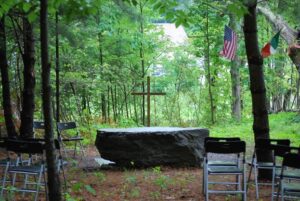 Nestled in a secluded and quiet area on the Cultural Centre’s grounds is our Mass Rock. Specially quarried from Kinston, NY, this beautiful rock and symbol of Irish culture sits as a reminder of the Penal Times in Ireland, when practicing Roman Catholics had to secretly hold Mass in isolated places away from the danger of Cromwell’s army and the Penal Law of 1695. Bishops were banished and priests had to register to preach under the 1704 Registration Act. Priest hunters were employed to arrest unregistered priests and Presbyterian preachers under an Act of 1709.
Nestled in a secluded and quiet area on the Cultural Centre’s grounds is our Mass Rock. Specially quarried from Kinston, NY, this beautiful rock and symbol of Irish culture sits as a reminder of the Penal Times in Ireland, when practicing Roman Catholics had to secretly hold Mass in isolated places away from the danger of Cromwell’s army and the Penal Law of 1695. Bishops were banished and priests had to register to preach under the 1704 Registration Act. Priest hunters were employed to arrest unregistered priests and Presbyterian preachers under an Act of 1709.
Religious Persecution in Irish Culture
Similar stones, known as Mass stones, are found in Scotland. Presbyterians held similar Conventicles and these were also outlawed, even though they were not religious ceremonies. In many instances in Ireland, a stone would be taken from a church ruin, and relocated to a rural area, with a simple cross carved on its top. Because the activity was illegal, the services were not scheduled and parishioners would be obliged to spread the word of them informally. By the late 17th century worship generally moved to thatched Mass houses. Some of the Mass rock places may have been used for patterns. Partial data on Mass rocks is maintained by the Archaeological Survey of Ireland and to a lesser extent, the National Inventory of Architectural Heritage.
In later years, the practice of open-air Masses was limited to rural areas and special occasions. However, in the wake of the Coronavirus pandemic and the restrictions placed on indoor gatherings to address the COVID-19 pandemic in Ireland, Aid to the Church in Need (ACN) Ireland launched an initiative to celebrate Mass at some Mass Rocks.
The Mass Rock here in East Durham has become the emblem of the local Division of The Ancient order of Hibernians and they hold a celebration of Mass at our Mass Rock each year.
Peter McKiernan “Mr. Catskills” Arts Week Scholarship and Permanent Memorial
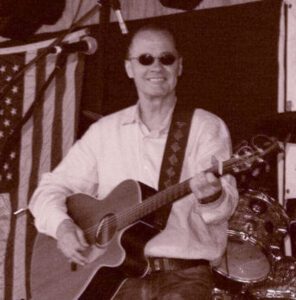 Peter McKiernan, known affectionately as “Mr. Catskills” sadly passed away on September 29, 2020 after a 16 month battle with cancer. Peter has a huge proponent of keeping Irish culture and tradition alive in East Durham. We are deeply saddened by his passing. There will never be another Mr. Catskills and we can’t imagine life without him. It was such an honor to know him and to love him. A light has gone out in East Durham, never to be lit again but we can do our best to honor him with an Arts Week Scholarship and a permanent memorial on the Cultural Centre grounds.
Peter McKiernan, known affectionately as “Mr. Catskills” sadly passed away on September 29, 2020 after a 16 month battle with cancer. Peter has a huge proponent of keeping Irish culture and tradition alive in East Durham. We are deeply saddened by his passing. There will never be another Mr. Catskills and we can’t imagine life without him. It was such an honor to know him and to love him. A light has gone out in East Durham, never to be lit again but we can do our best to honor him with an Arts Week Scholarship and a permanent memorial on the Cultural Centre grounds.
Embodiment of Irish Culture
Peter started his musical journey in the Catskills after spending the summers of his youth here visiting from Brooklyn with his parents, June and Hugh, and his older brother Michael. By the time Peter was 19 years of age he knew he wanted to spend his life singing, playing guitar and dancing…and doing as much of it as possible in East Durham which was the place that held his heart and soul. Throughout the years, Peter played at every resort and pub in East Durham finishing the last nearly 20 years in residence at The Blackthorne. Throughout his more than 5 decades performing in East Durham, he epitomized the hospitality that the Irish are known for and greeted everyone with a huge smile, warm greeting and made everyone feel welcome and at home in the Catskills. He was known for his wit and one liners and was well known for his generosity in getting up fellow musicians and people from the audience to join in the fun. In particular, Peter loved encouraging children to sing, dance and play and gave many children and youth their first experience on stage. Peter especially loved our Irish Arts Week held every July when crowds of people from stateside and abroad immerse themselves in all aspects of Irish culture from early morning until the wee hours. As Peter would say about all things East Durham and especially Arts Week, “How great is this?!”. We know he would be honored to think we will be keeping his memory alive with a permanent memorial at the Cultural Centre in the town he loved so well and which loved him so much in return and we know he’d love that a Scholarship is being offered in his name so that both children and adults, each year, will get to enjoy East Durham during one of its most memorable weeks.
Peter McKiernan truly gave to everyone. Anyone who knew him knew that he was the first to offer to play for free at any fundraiser event. He also generously donated his time and talent to his many friends’ events refusing to take money and sang and played at baptisms, communions, confirmations, graduations, birthdays, cocktail hours, anniversaries, weddings both in church and at the reception and although sad for him, he played and sang at many, many funerals (although he was never happy about the early hour for church events saying these morning events went against musician’s hours!). Peter loved his friends and in addition to his beloved parents June and Hugh (RIP), his brother Michael (RIP), and much loved niece Kelly Ann and adored grandniece Kennedy, he considered his friends his family and treated them as such. He loved seeing children grow up and become friends of his and then seeing them get married and start families of their own and being given the honor of playing at all of their respective family occasions. Peter used to joke that he was now playing for the 2nd generation and he hoped to live long enough to play for a 3rd generation. Sadly that was not meant to be. It is now our chance to give back to Mr. Catskills, a man who never said no to anyone and always did whatever he could to make it happen. Please help us to honor Peter by making a donation to the MJQ Irish Centre.
Rest in peace Mr. Catskills. You have earned your wings. We were all so blessed to have had you in our lives. There will never be another you.
Donal Gallagher N.Y. GAA Memorial Park
Ground was broken for the Memorial Park on October 7th, 2023
Donal Gallagher was born in 1944 in Killybegs, County Donegal, Ireland. He was the 4th of eleven children to Nora “Cissy” and Mick “Peter” Gallagher. Donal grew up as a young lad working with his dad as a farmer and a weaver. At age 18, Donal moved to New York and settled in Brooklyn with his relatives. He worked for Citicorp for nearly 15 years then left to start his own financial consulting business after earning a degree from Pace for accounting.
Donal was one of Donegal GAA’s greatest legends in New York.
He was a member of the club for over 40 years and has served as coach and manager for over 30 years. In all his years here in America, Donal helped many players from Donegal and people from all over Ireland in getting work, places to live and was always available to offer wise counsel in times of need. Friends remember him as kind, caring, inspiring and selfless.
Donal would come to East Durham on summer weekends to sell his cousin’s hand-knit items.
This spot would later become the permanent location of “Guaranteed Irish”, which is still going strong after 40+ years. Their selection has continuously expanded from authentic knitwear to jewelry, to non-perishable foods and condiments, to a full range of Irish-themed gifts, music, and memorabilia.
In the mid-1980s Donal helped develop what became the “East Durham Irish Cultural & Sports Centre”. The Cultural Centre was later formally renamed and dedicated in honor of Kerryman, Michael J Quill, who was the founder of the Transport Workers Union of America.
For nearly four decades, Donal worked tirelessly to ensure the future of the Cultural Centre acting in many capacities. He helped create the infrastructure that was vital to the longevity of the East Durham Irish Festival. He also saw to fruition the creation of a football pitch (noteworthy as the only one in America that is the same regulation size as the one in Croke Park, Dublin), the development of the world’s largest map of Ireland, the acquisition of a Donegal thatched cottage, the creation of an Irish mass rock and the dedication of a 9-11 Memorial, all of which has enhanced the Centre’s grounds.
He was truly one of East Durham’s strongest Irish voices.
Donal lived with his wife, Kitty Kelly in East Durham, New York. He passed away at his home in East Durham on December 10, 2022, after a long illness.

